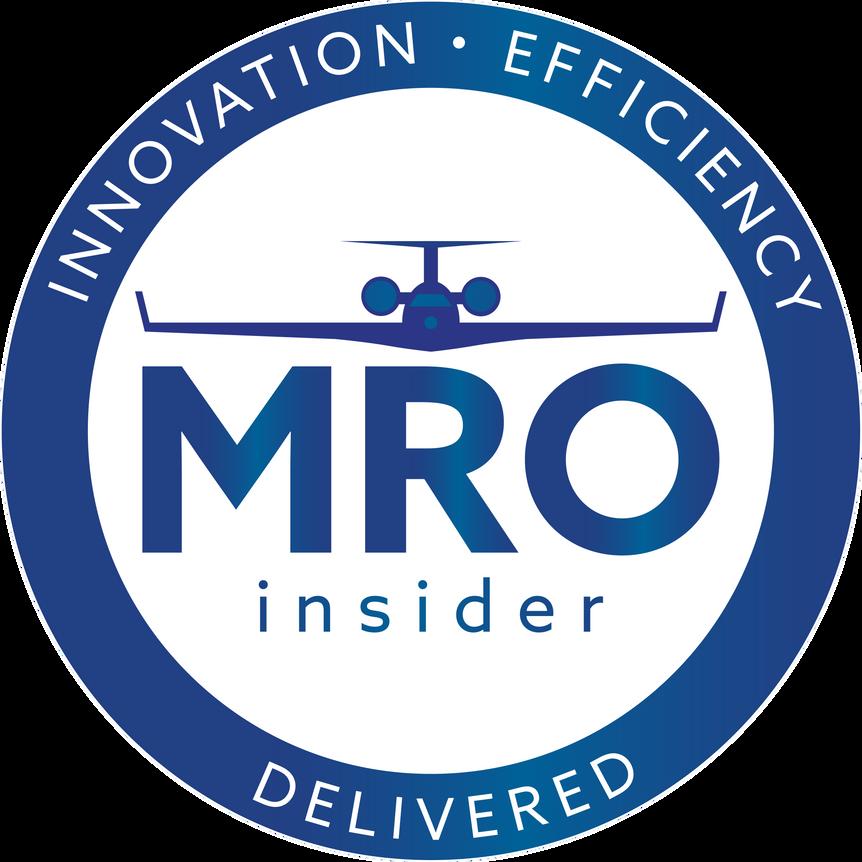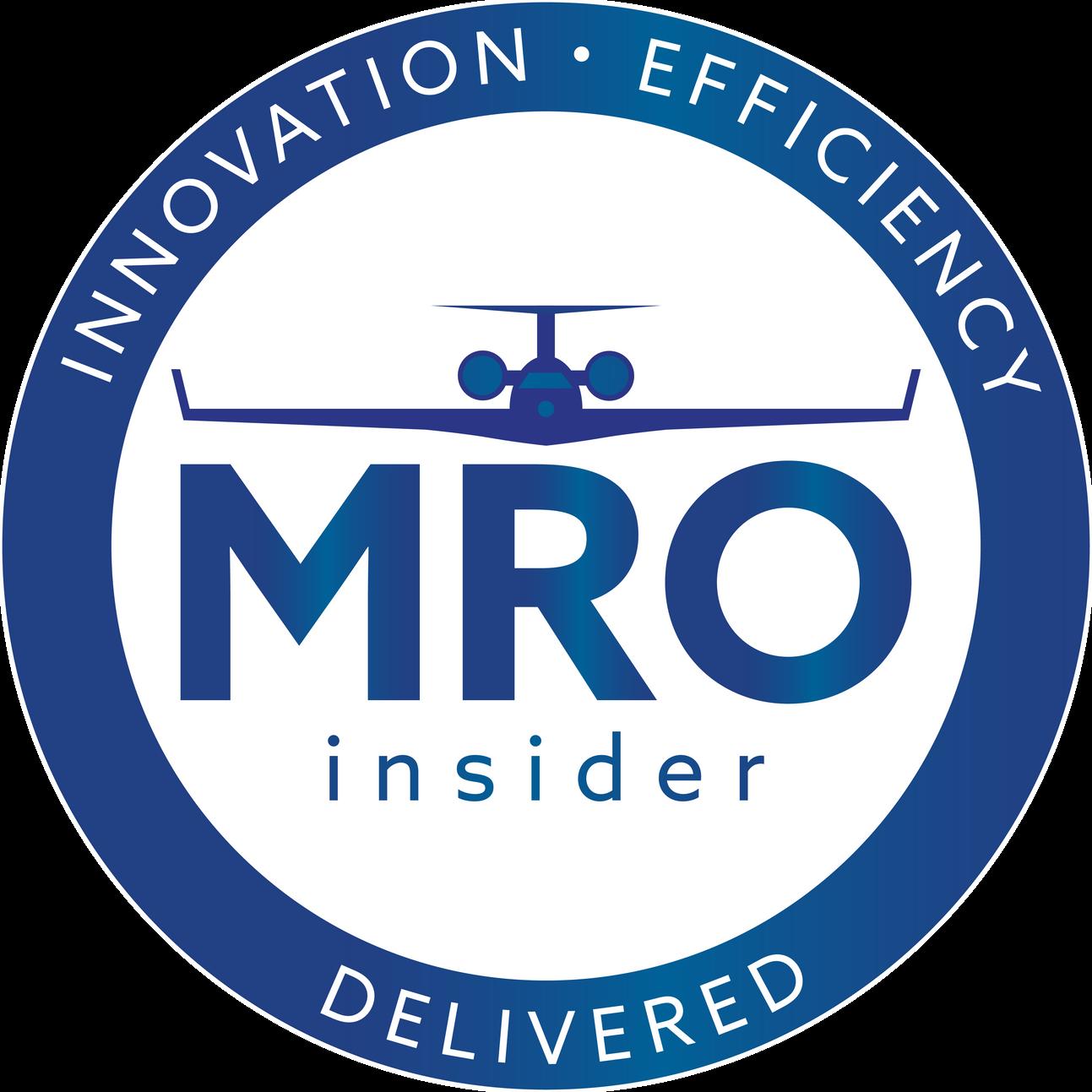










create your own unique aircraft interior
Professional design collections for jet interiors — That’s why!
Regarding interior design in aviation, the high-end cabins of giant corporate and private VVIP Aircraft set the industry standards. In such wide and narrow body aircraft, no effort and expense are spared to achieve the perfect result With great effort and according to all rules of the art, professional designers ensure, on the one hand, that the interior optimally reflects the wishes and ideas of the owner and, on the other hand, that the limits of what is possible are pushed again and again – by the intelligent and artistic use of the latest techniques and innovative materials.
But have you ever wondered why design solutions in this particular form do not exist in the business jet aviation class?
We decided to create our design collections, to bring this super professional approach to aviation interior design also into the class of business jets. By doing so, we want to provide aircraft owners with exceptional and highly professional support for their following refurbishment projects

We are pleased about the powerful support of Warja S. Borges and her company Unique Aircraft
Warja is a worldwide known and highly valued expert in the field of aviation interior design. She has taken us into her extraordinary interior design world in the past months and designed three exclusive collections for AeroVisto. These collections are integral in our jet refurbishment projects, where they play an essential role in the design consulting process
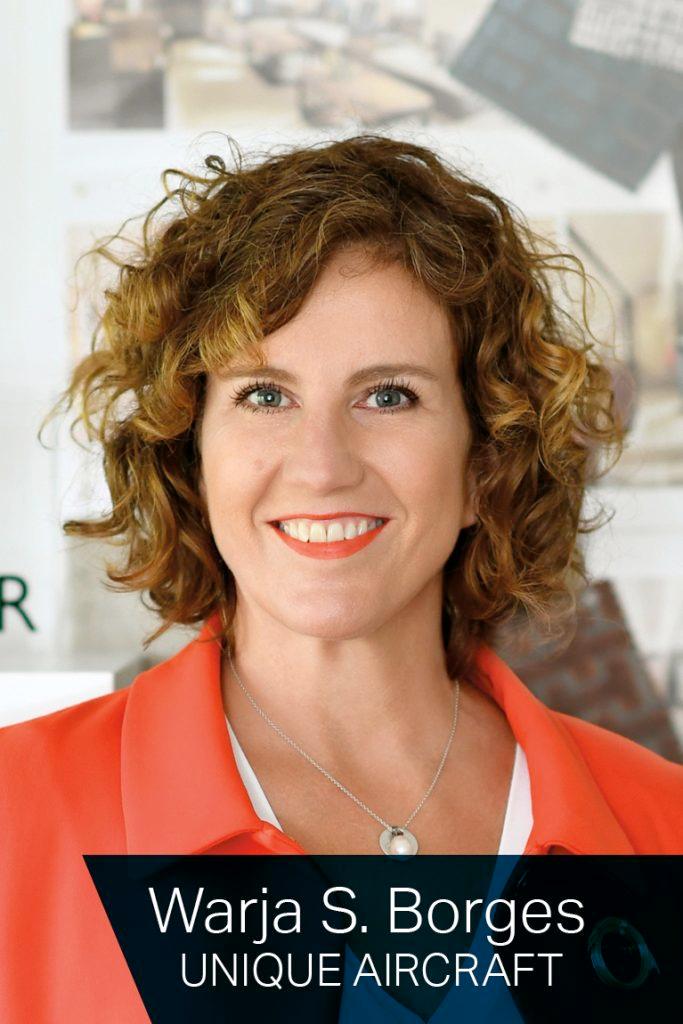
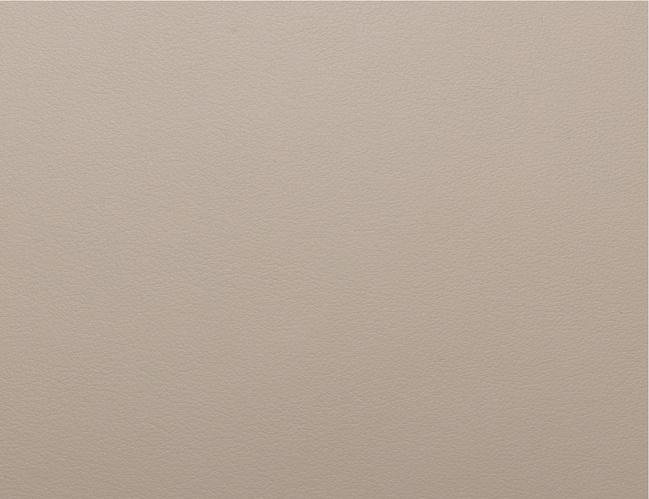


The Tabac Lounge collection is all about warmth and coziness Close-to-nature colors, light-dark contrasts, and soft fabrics are the basis for the classic elegance of airplane cabins Inspired by the atmosphere of London private clubs and bars, this collection combines warm tobacco, cognac, and whiskey tones with dark blues reminiscent of oceans This collection is best suited to create an inviting lounge atmosphere on your private jet



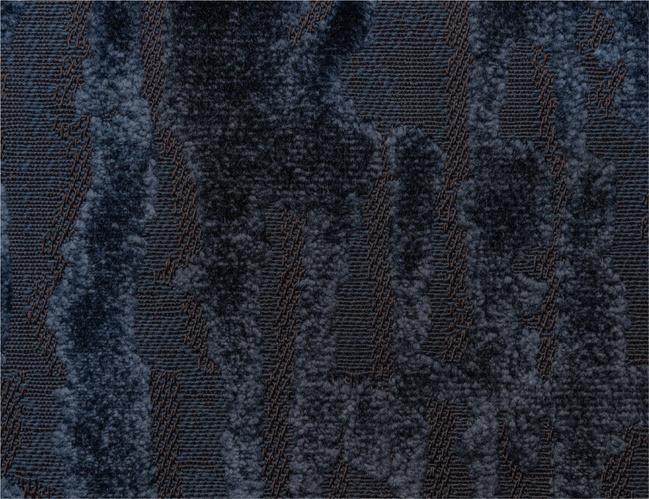
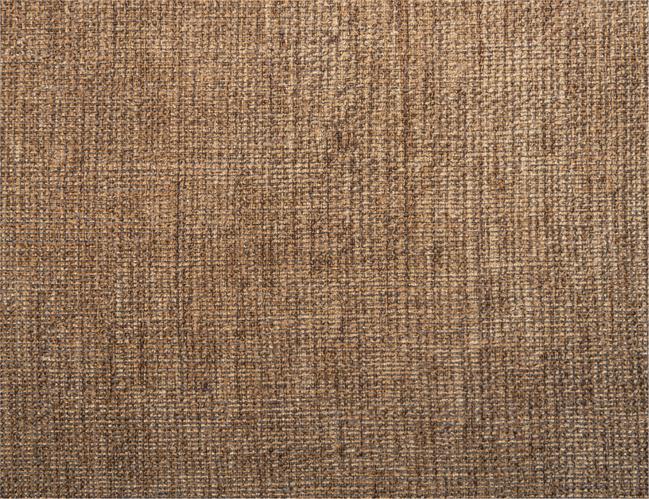

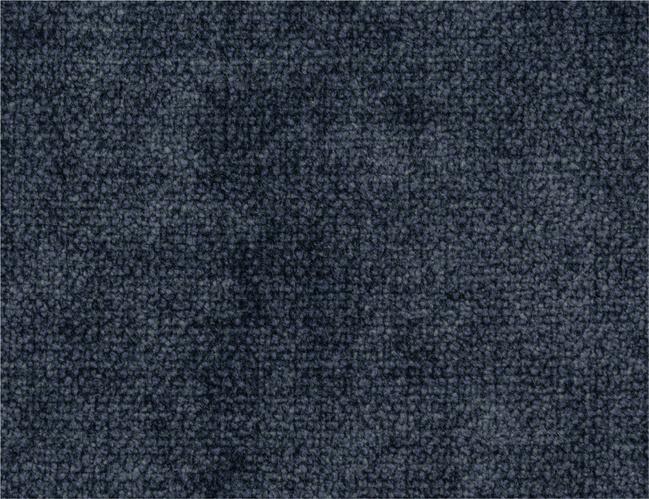
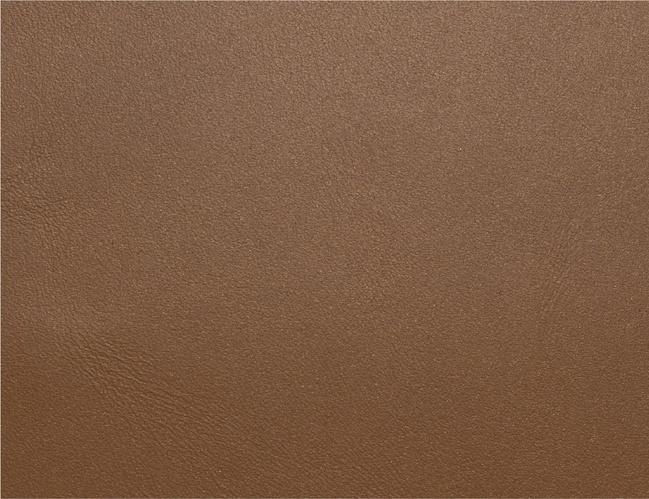

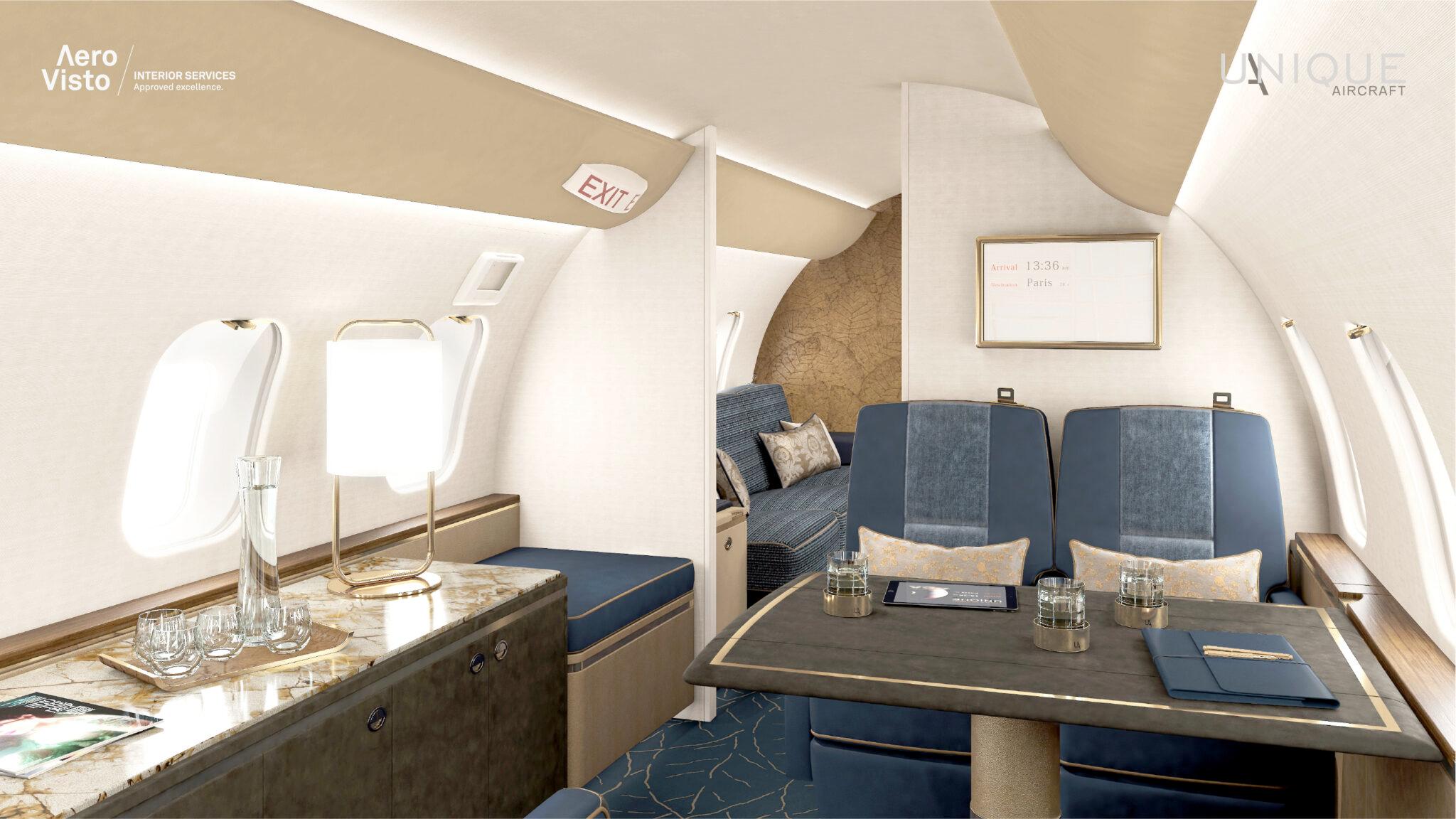
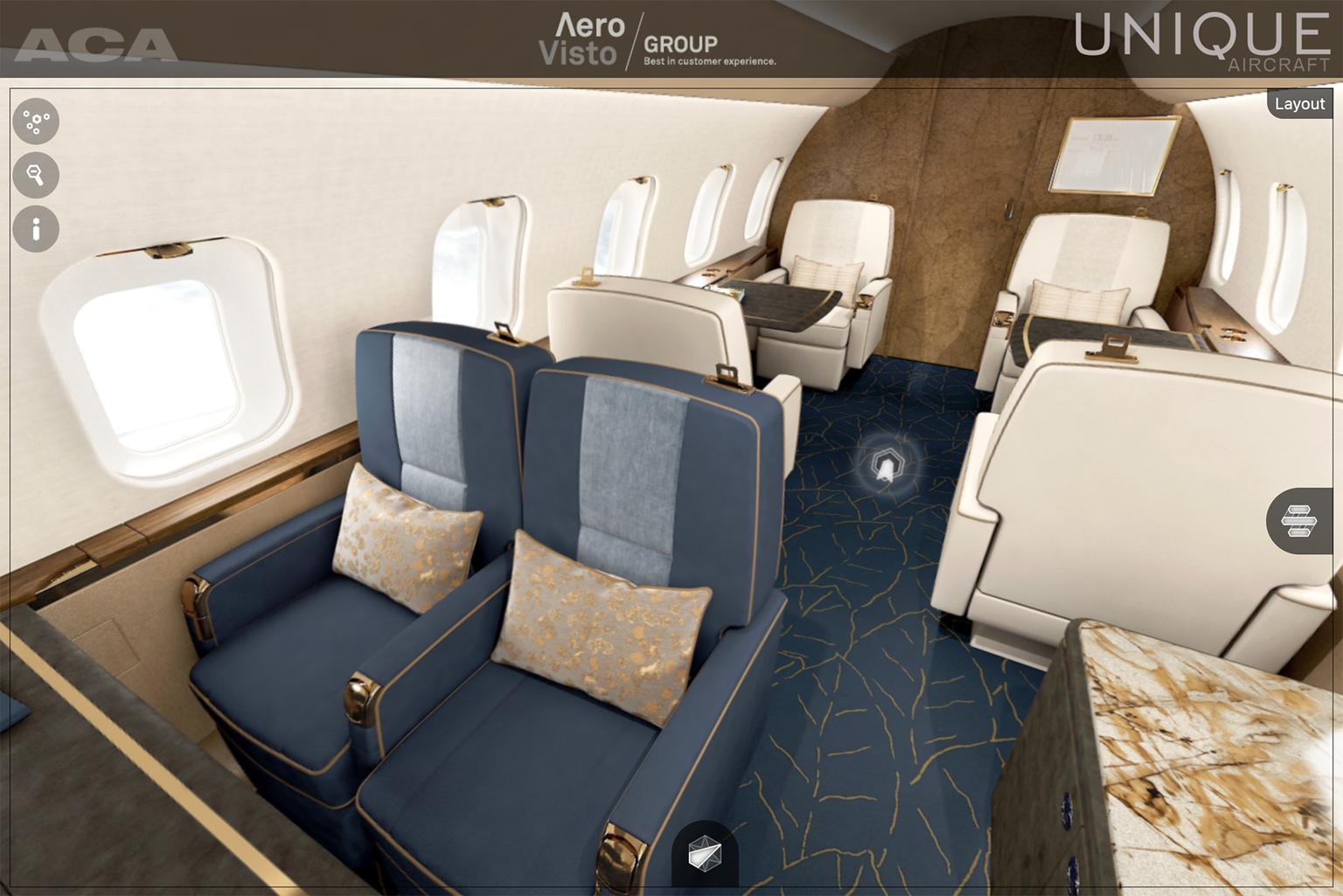
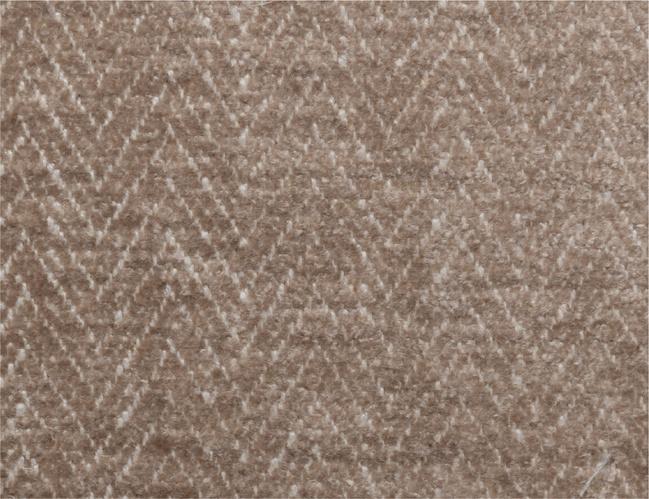
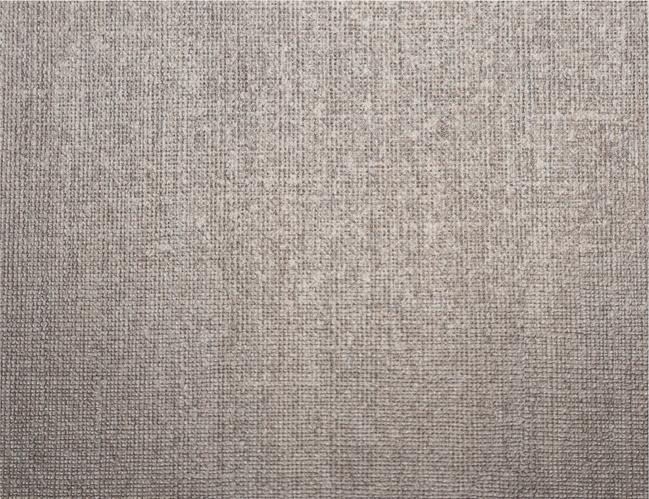




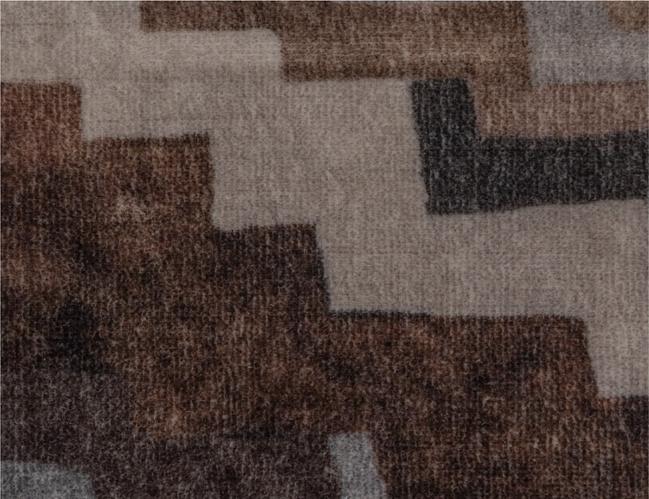


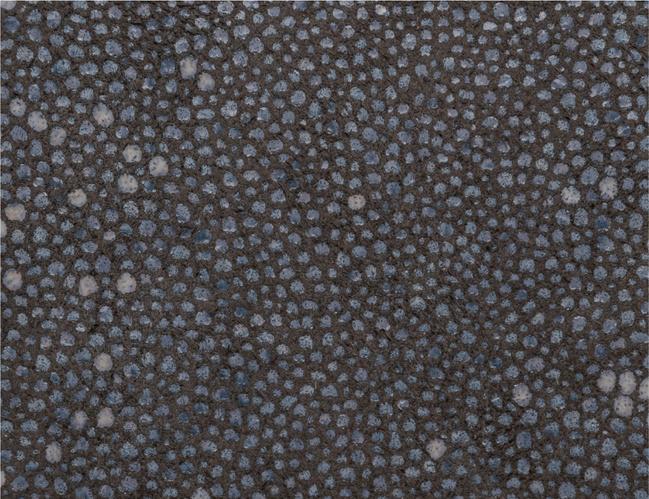
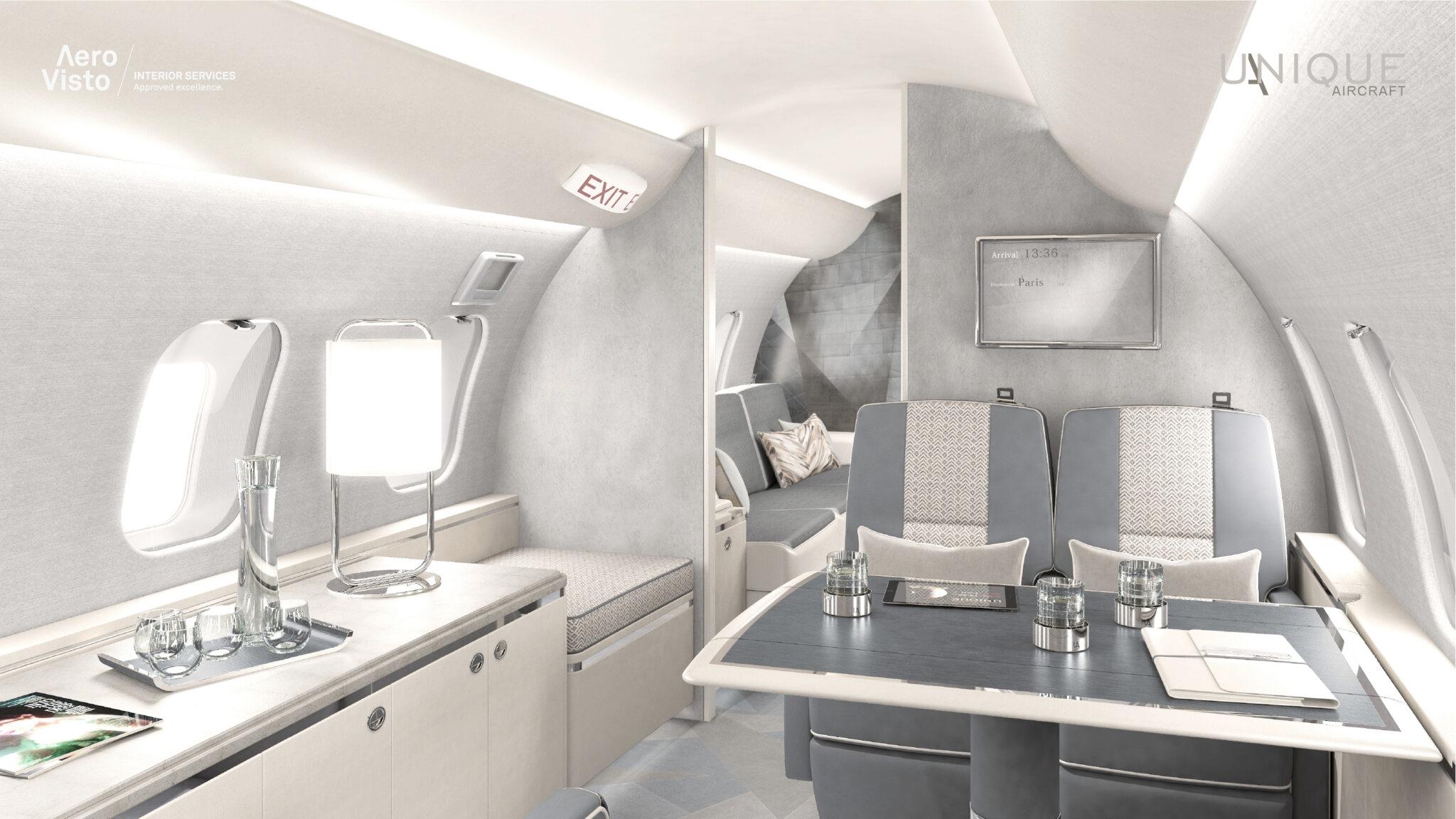
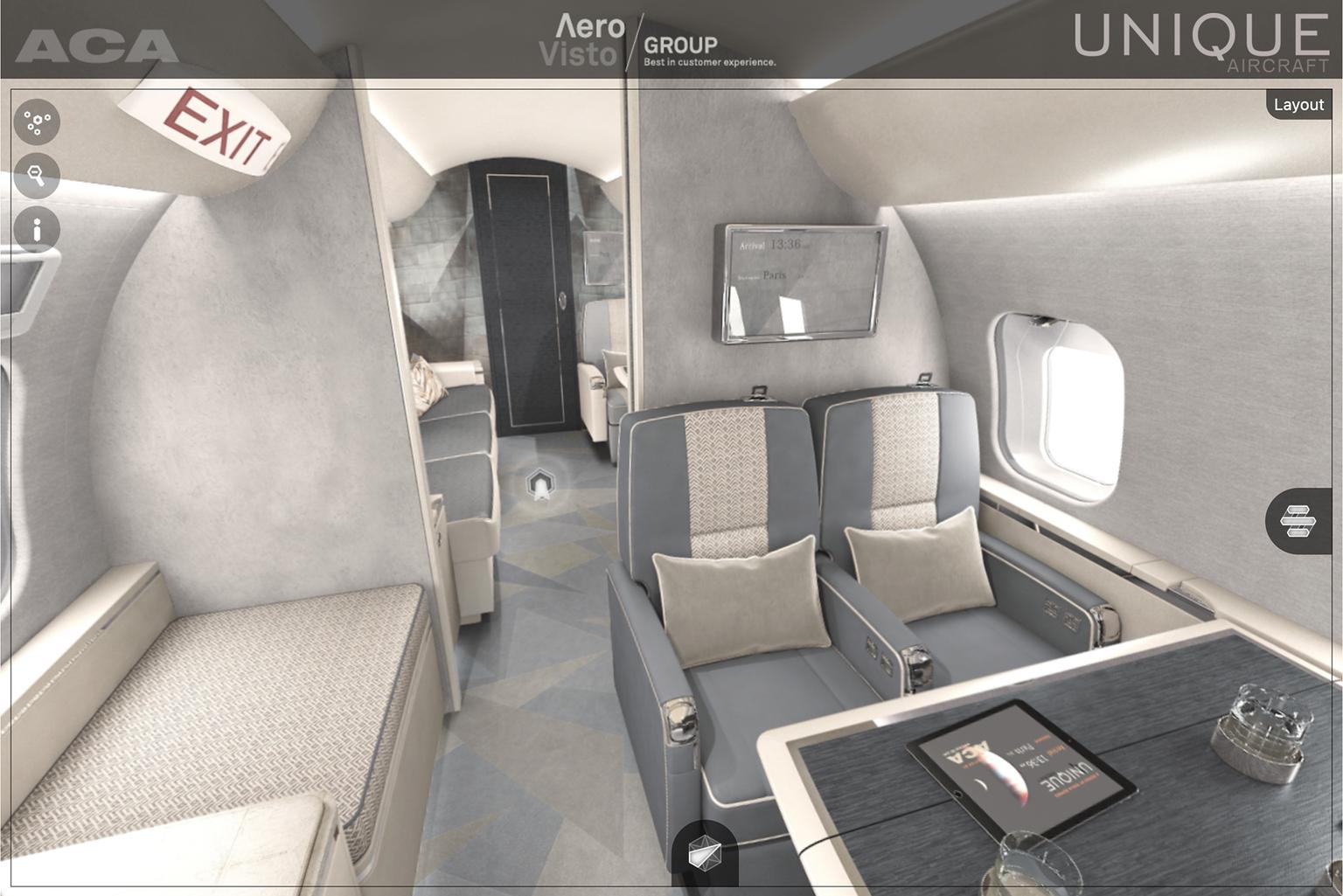
For the Nordic Lights collection, designer Warja Borges took inspiration from the wide open spaces of the arctic – from the colors of the icy landscapes, birch forests, and the clear air She combines this with the look of modern concrete buildings and stainless steel facades, as known by architects like Tadao Ando and Frank Gehry The unique charm of this collection is the contrast between hard-looking metal accents and the delicate, light beige-blue-gray tones and light wood.








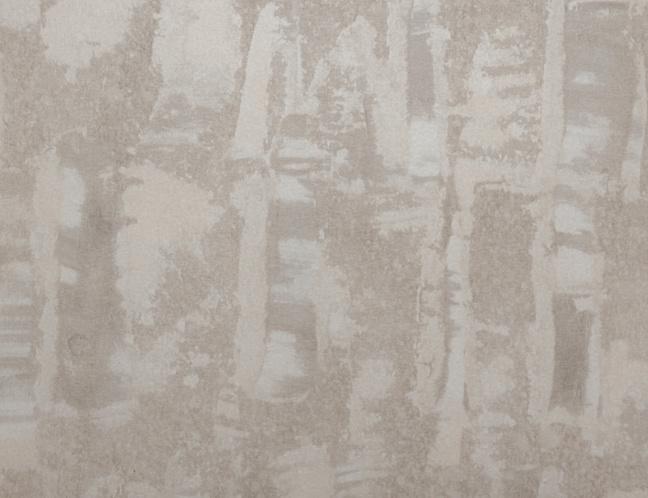
The Artwork collection offers lively freshness, color contrasts, and patterns that stand for energy and fire From bright off-white tones to deep chocolate brown – this gives private jet owners plenty of scope and design freedom to let their creativity and imagination flow. Inspired by a work of art by artist Monika Humm, this collection plays mainly with contrasts and colors
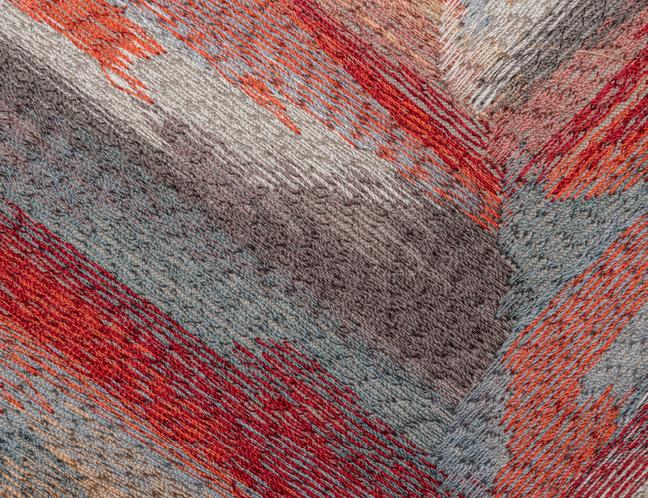
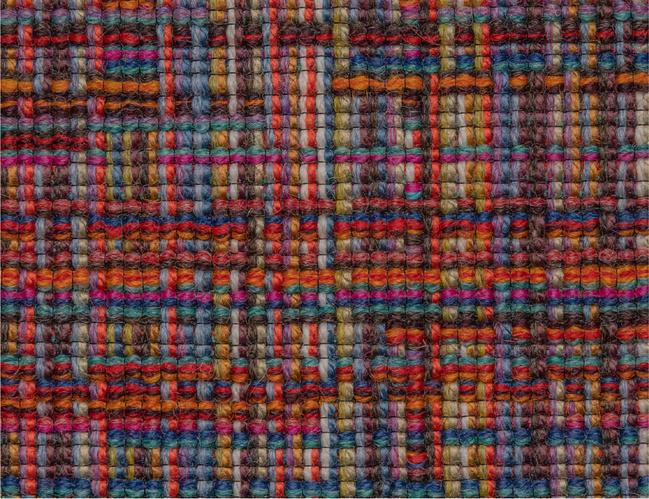


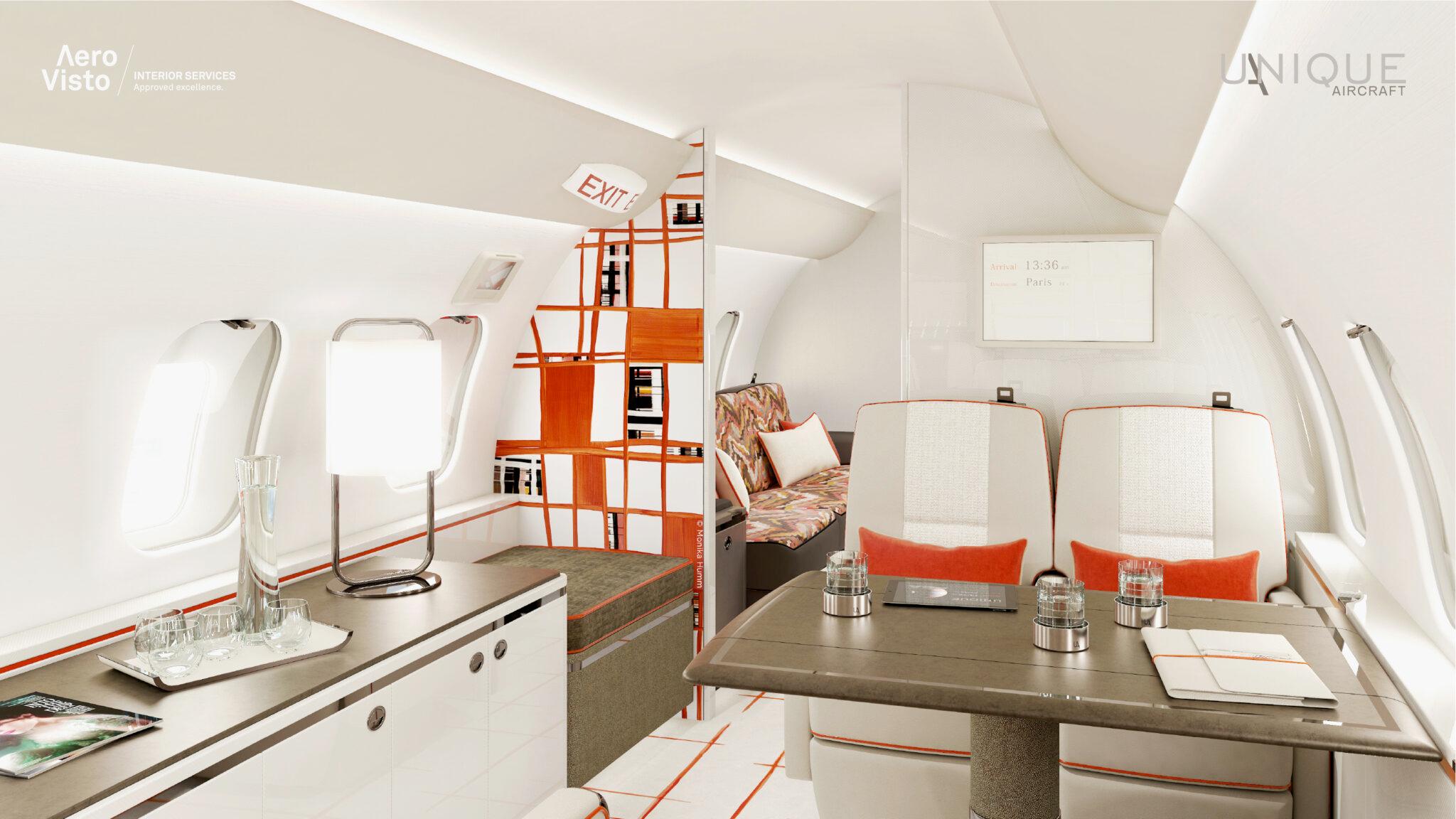


At the beginning of 2021, General Atomics AeroTec Systems (GA-ATS) took over RUAG Aerospace Services in Oberpfaffenhofen to continue the site’s long tradition of aerospace ingenuity and innovation. The company has implemented a special One-Stop-Shop concept for MRO, Upgrades and VIP Paint+ of business jets. In addition, GA-ATS is the new manufacturer and MRO service provider for the Dornier 228 and maintains helicopters.

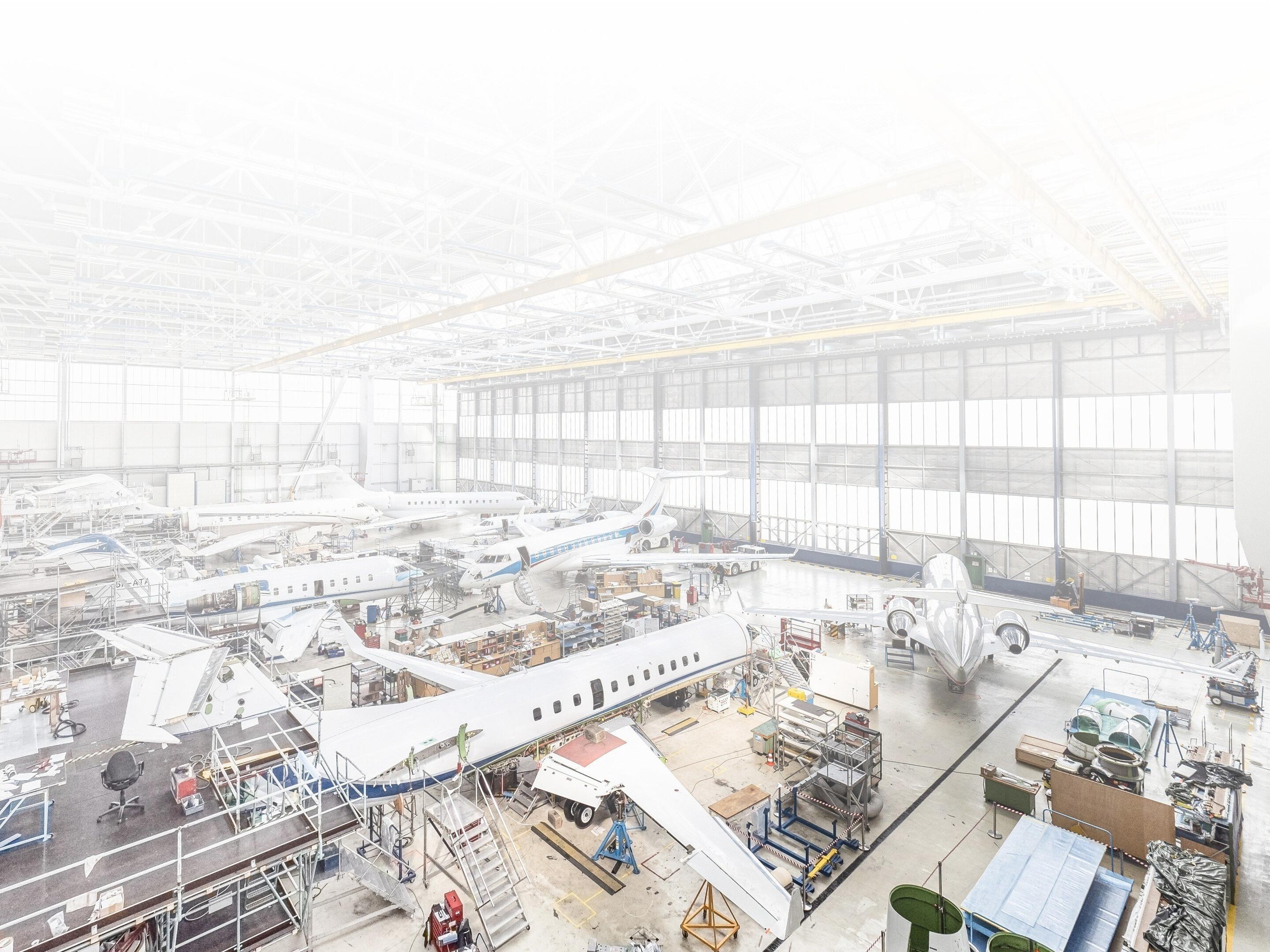
General Atomics AeroTec Systems is an Embraer Authorized Service Center (EASC) and a certified service center for Bombardier business jets. Thanks to the long-term experience and the talented and motivated employees, virtually all wishes in the field of business jet MRO, Upgrades and VIP Paint+ can be implemented.
So what makes the Oberpfaffenhofen site really special? Thanks to the exceptional One-Stop-Shop concept of GA-ATS, all work can be completed within a single stop. This allows maximum service with minimum downtime at one location.
In Oberpfaffenhofen, just outside Munich, highquality MRO and certification services for business jets are offered. These range from routine inspections and pre-purchase inspections to large maintenance projects including sheet metal work and even aircraft recovery from uncontrolled status. GA-ATS carries out Line and Base Maintenance for Bombardier and Embraer business jets and is a Part 145 maintenance facility with more than 20 different maintenance approvals, including EASA, FAA and TCAA
Many decades of experience, state-of-the-art technical equipment as well as talented and motivated employees make GA-ATS your reliable partner for maintenance, repair and overhaul of business jets.
The range of modifications and upgrades available at General Atomics AeroTec Systems is very diverse. From avionics and system upgrades to cabin refurbishment and outfitting – the German business jet service center can fulfill nearly every wish. GA-ATS installs the newest technology for navigation and guidance systems, to keep aircrafts up-to-date and compliant with the latest mandates.
To make the journeys an exceptional experience, latest cabin communication and entertainment systems can be installed. For the enhancement of travel comfort, we offer finest leather and woodwork as well as innovative cabin lighting.
GA-ATS's services include complete custom paint jobs for a variety of jets. Our main paint business ranges from medium size over ultra-long range to wide body private jets. The VIP Paint shop in Oberpfaffenhofen is world-class and popular with customers from all continents, as the experienced team can implement even the most unique colors and special patterns. These unique design possibilities include fading, gradient painting, color transitions from dark to light and from silver to gold, real chrome effect and printed foil technology.
+ +
The expert team of our VIP Paint Shop implements designs you wouldn't even think were possible, relying on an experience in aircraft painting of over 1.2 million painting man hours over the last of 35 years. Combining new technology and experienced craftsmanship, we have almost no limitations for aircraft painting anymore.
In one of the biggest projects of the year, GA-ATS repainted and refitted a Legacy 650. The paint has a unique design with very fine details. People did not expect that these fine details could even be implemented - but GA-ATS has proven that it is possible in a very high quality. Additionally, a complete cabin refurbishment was also carried out using the finest wood and leather materials.

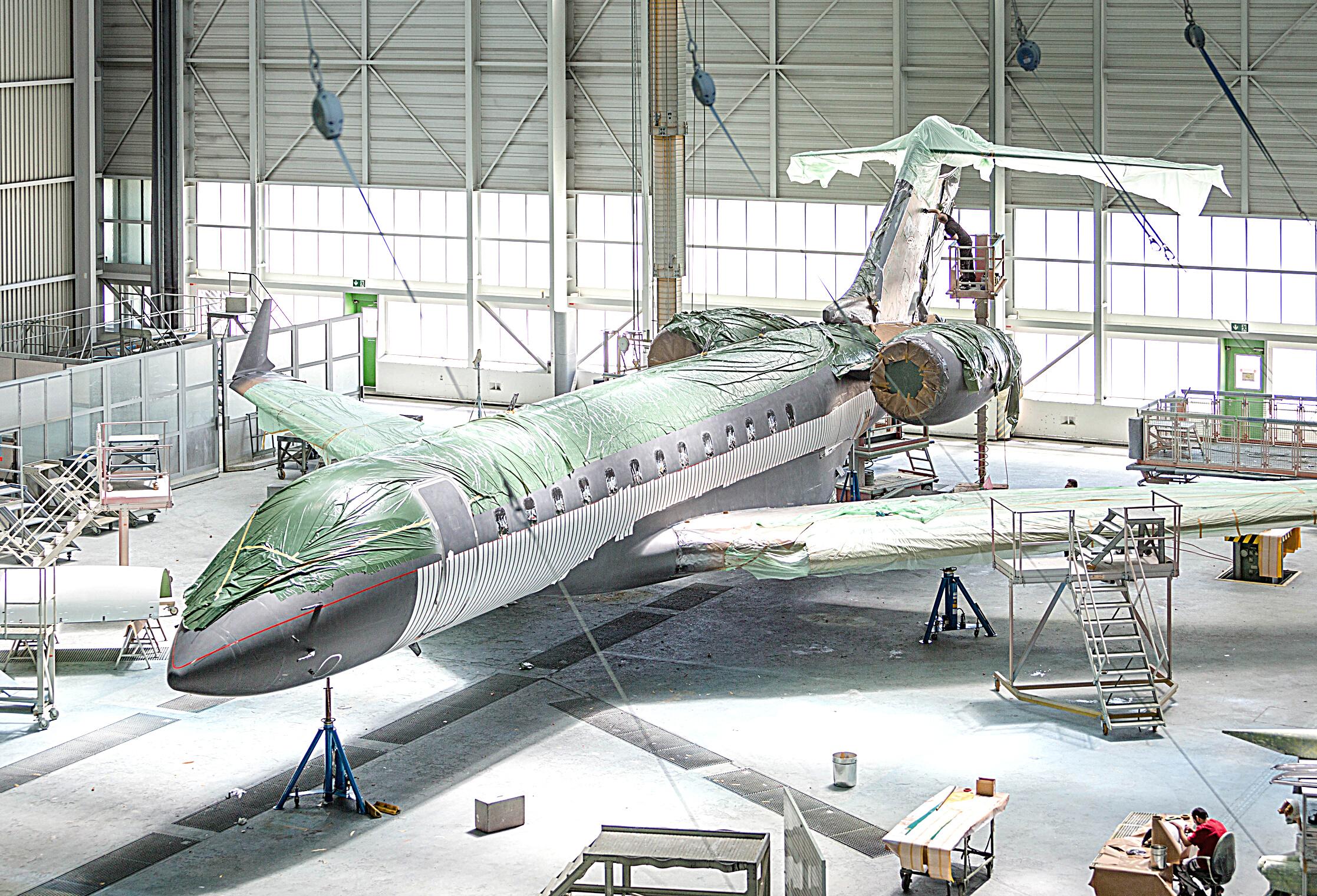
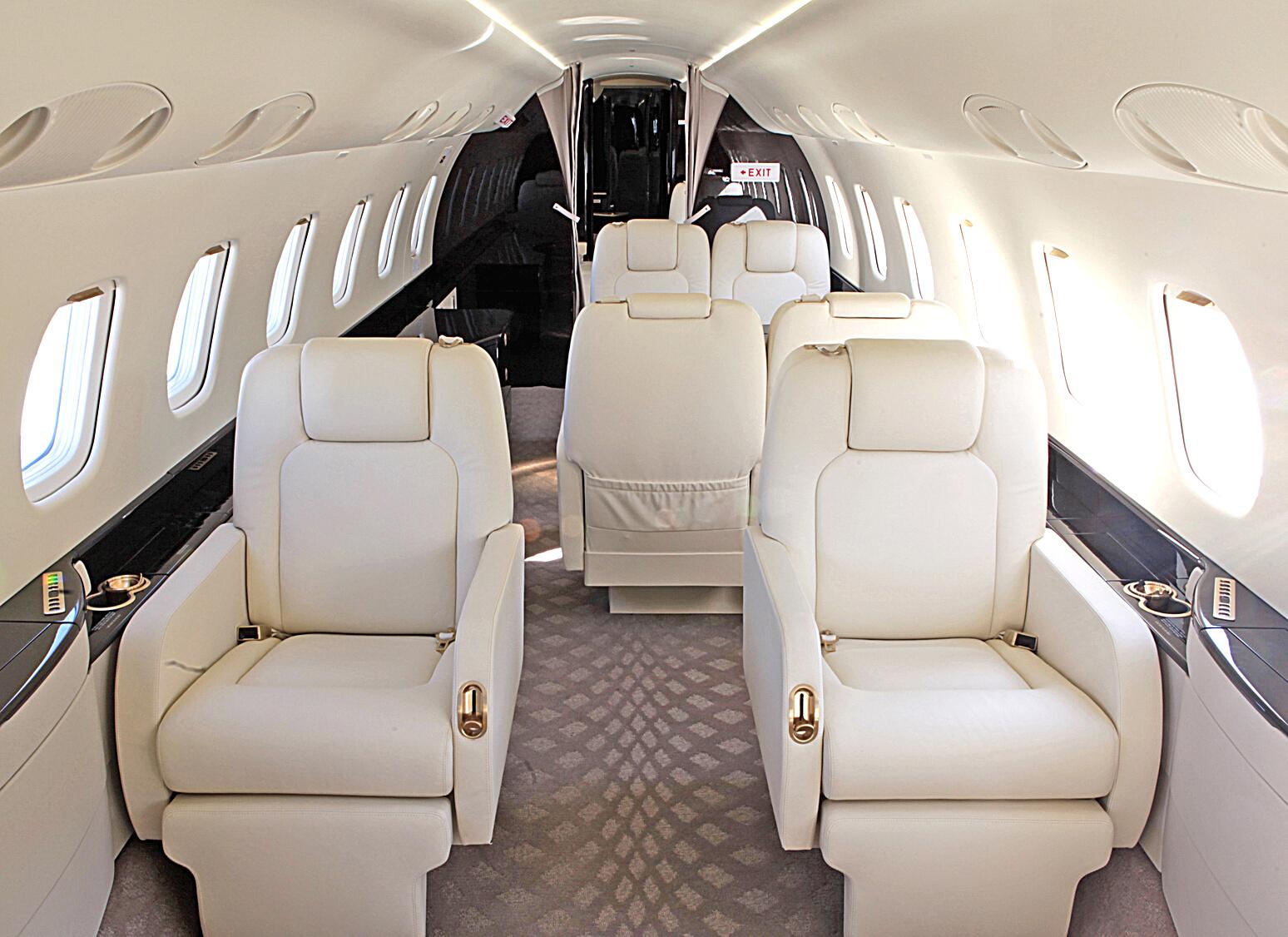
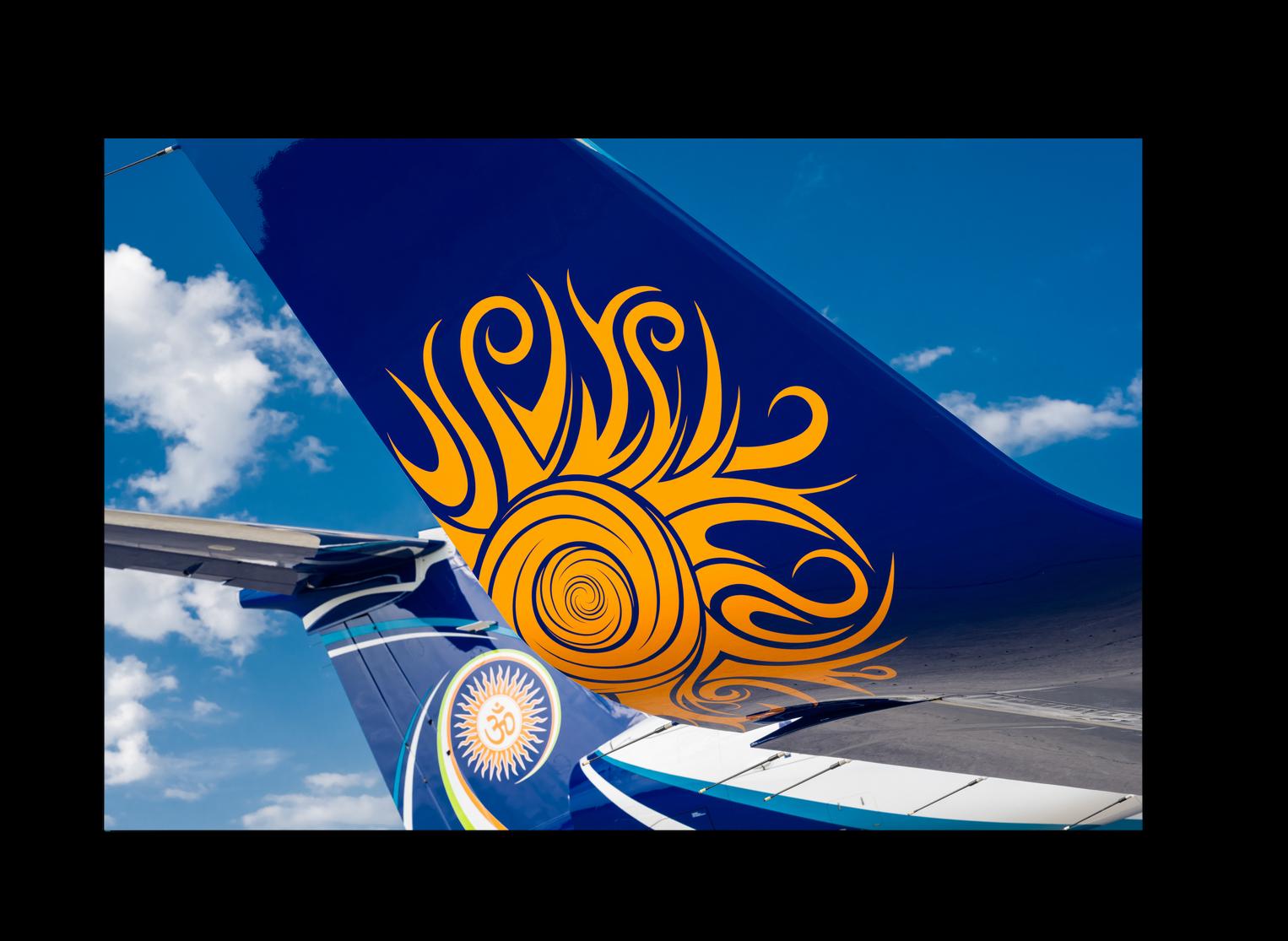
It had the touch of a historic moment when this Legacy 600 took off from Oberpfaffenhofen airport. The aircraft was on ground for a decade, many years even uncontrolled, before it was brought back into the air thanks to the specialists of GA-ATS. Heavy maintenance work and customized service tasks for return to service had to be carried out, including overhauls for landing gear, engines and APU. In course of the project, the Legacy 600 also received a complete cabin refurbishment in cooperation with our project partner AeroVisto with intensive repair work of many interior parts.

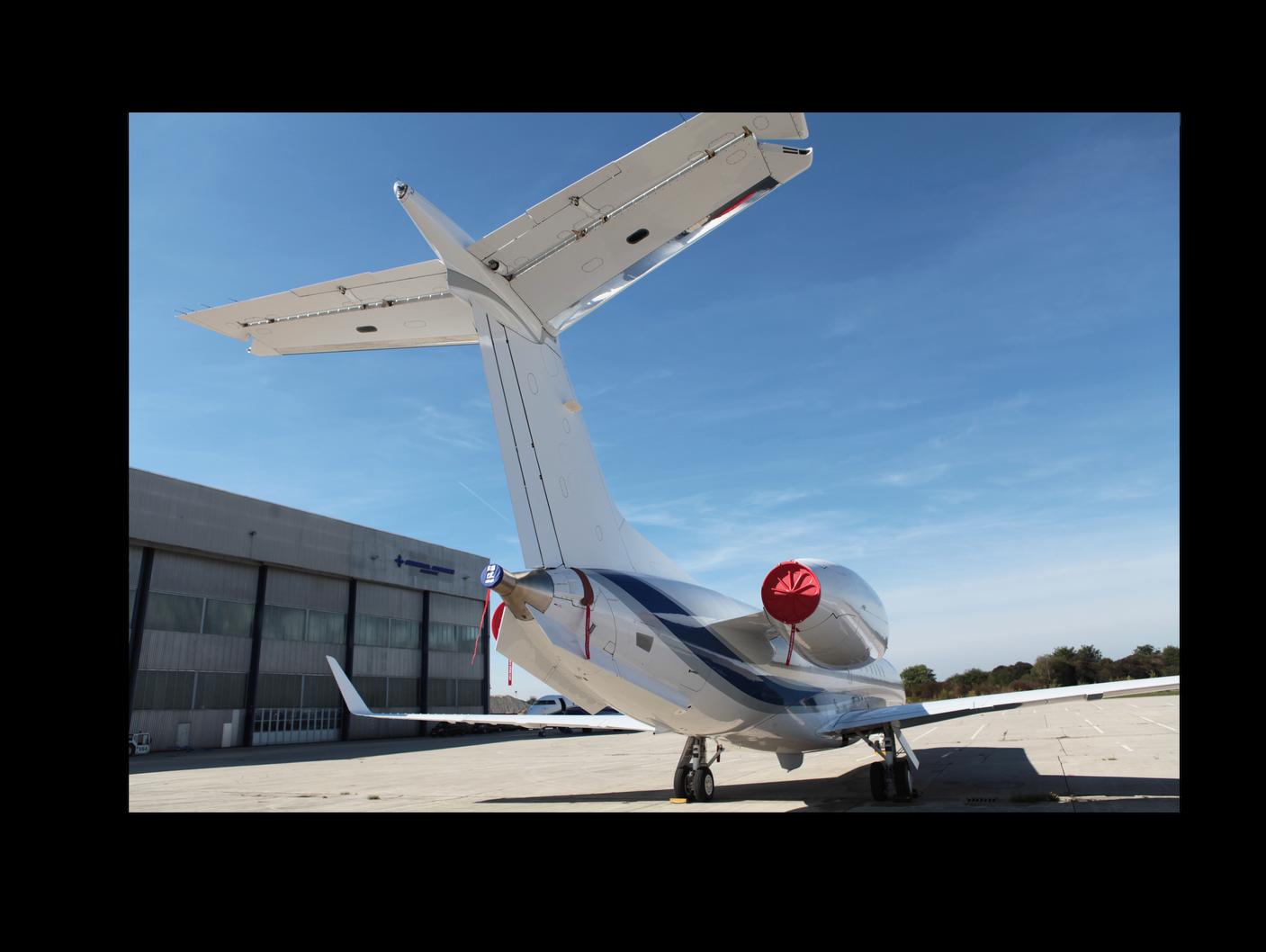
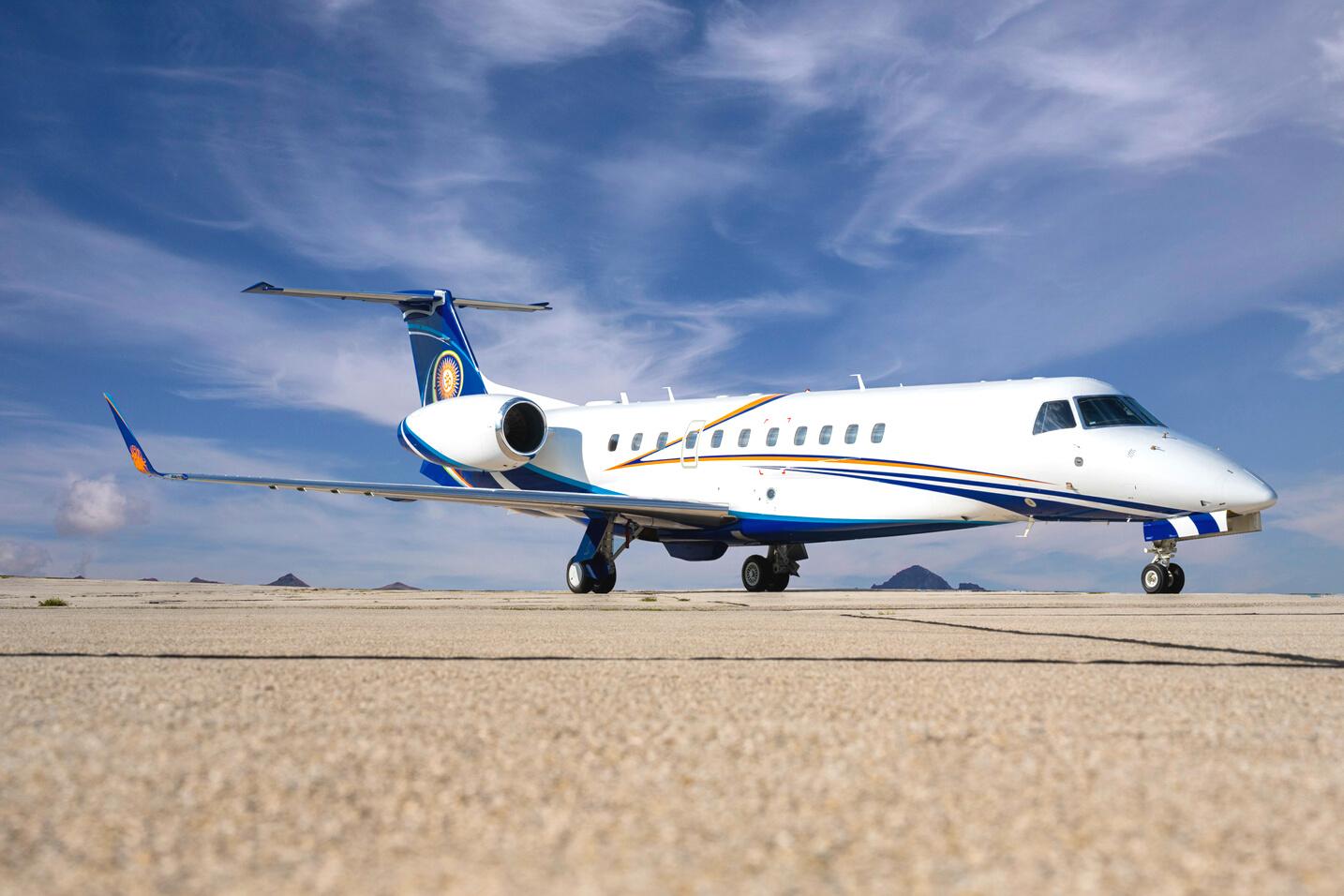
From the very first private jets that were developed in the 1950s to the modern-day masterpiece aircraft available today, the interior design of private jets has come a long way. Today’s private jet owners and operators have a wide range of options when it comes to outfitting their planes, and they are constantly striving to create luxurious, comfortable and functional interiors that offer the ultimate flying experience. In this article, we take a look at the evolution of private jet interior design and how it has changed over the years. The first private jets were designed with function in mind.
The design of the first private jets focused solely on their function, aiming to deliver efficient air transportation. The Lockheed Jetstar was the first of these aircraft and was made available to the public in 1962. This jet could travel at a cruising speed of 350 mph and, despite it’s mid-sized cabin, it could accommodate up to 11 passengers. It quickly became popular due to its affordability, making it much easier for businesses to transport their personnel across long distances.
In 1964, the Learjet 23 revolutionised the market, being the first small jet aircraft to enter mass production. This aircraft was faster, more reliable and had a better fuel efficiency than any other previous private jet.
Compared to later private aircraft, the cabins of the Lockheed JetStar and the LearJet 23 were certainly no-frills, however, that only served to make them rather special. These jets were products of their time, offering a simple yet elegant aesthetic with plenty of room for added customization. And, despite the lack of luxurious amenities, these aircraft cabins became popular among celebrities for their speed and convenience.
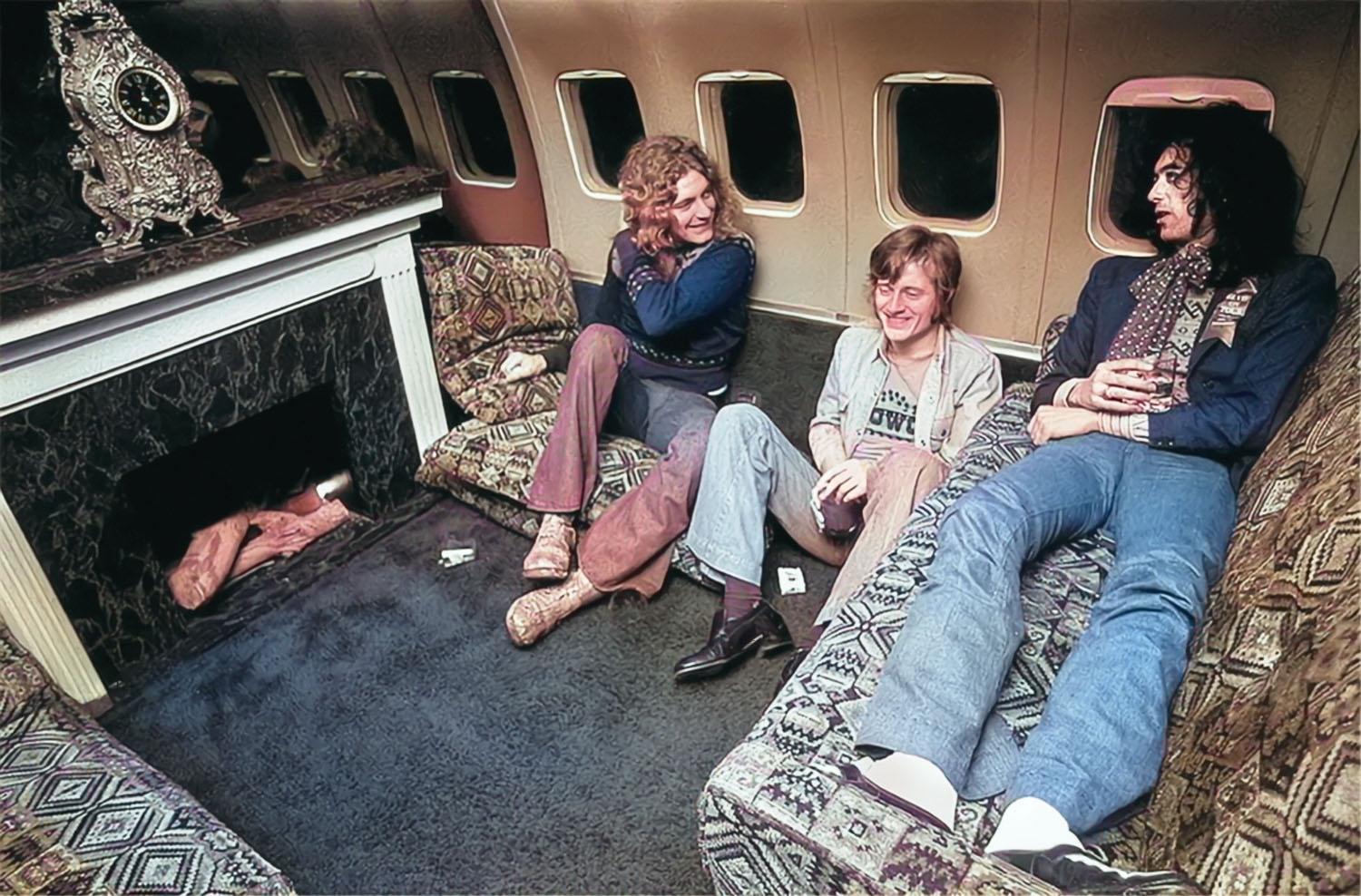
Frank Sinatra was an early adopter, buying one of the first learjet 23’s in 1965. The cabin was cozy and comfortable, with two leather seats in the back and a divan for three or four extra passengers as needed, plus a fully stocked liquor cabinet and a card table to ensure there was never a dull moment. Sinatra even loaned his learjet to Elvis Presley to take his bride, Priscilla, to the Aladdin hotel in Las Vegas.
However, the real appeal of the jet for Sinatra was that it could fly the Rat Pack quickly between Los Angeles for business, Las Vegas for pleasure and back to Sinatra’s home in Palm Springs. This proved handy at times, for example, when Sinatra and Dean Martin got into a fight at the Polo Lounge in Beverly Hills. When the plane picked them up at a nearby airport the following morning, Martin had a black eye and a bloody shirt and Sinatra was sporting a makeshift sling. Luckily, with a small, agile private jet waiting for them, they managed to make a speedy exit.

Renowned for being amongst the fastest jet aircrafts available at the time, travelers could expect to reach their destination just a fraction of the time compared to more slow-paced commercial flights. This made it popular far beyond celebrities business people and diplomats used it frequently too — as they could quickly fly across multiple states without having to deal with all of the cumbersome baggage that came with flying on commercial airlines.
The Gulfstream 2 was a big upgrade with more space and some modern luxuries, a purpose-built corporate aircraft with a true stand up cabin – for the era. The aircraft featured leather upholstery, private telephone, air conditioning, and a sound system that included multiple speakers scattered throughout the cabin. In addition, it had an entertainment system with TV and video players for passengers to enjoy.
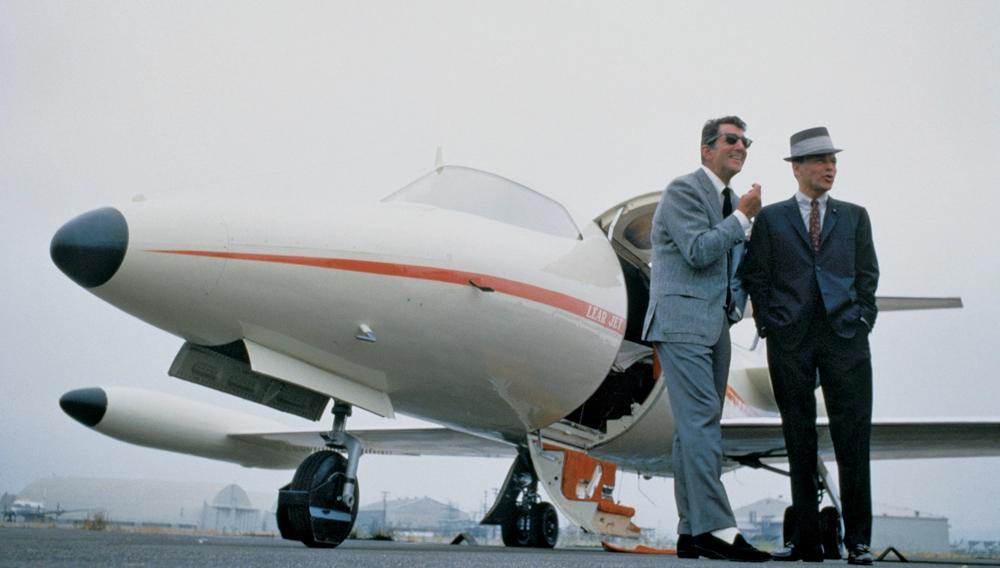
Despite the huge advances in cabin design, technical limitations meant that space was still at a premium. Electronic equipment in the 60’s and 70’s was analogue, which required lots of space. Sound equipment didn’t use microchips but vacuum tubes, transistors and wired circuit boards; while lights were incandescent bulbs or neon – all of which were extremely fragile, bulky and generated a lot of heat, which meant that they also needed airflow to prevent damage. So as the desire for more luxurious surroundings grew, many would-be owners found themselves looking at larger aircraft in order to create a lavish home-from-home.


In 1969, Hugh Hefner purchased and fitted out a DC-9, giving it a striking black livery and an unforgettable name. The Big Bunny was much more than just a private jet, it was a statement of opulence and luxury. The interior of the aircraft was completely refurbished to provide the ultimate in comfort, with leather seats, an on-board bar, and even a circular satin bed.
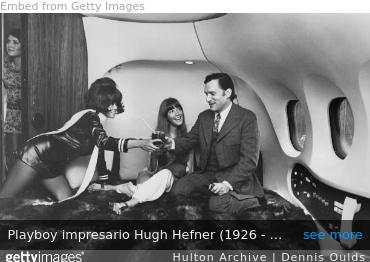

The 38 passenger plane was fitted with every conceivable luxury. There was a living room, conference area and a discotheque for partying in the sky.
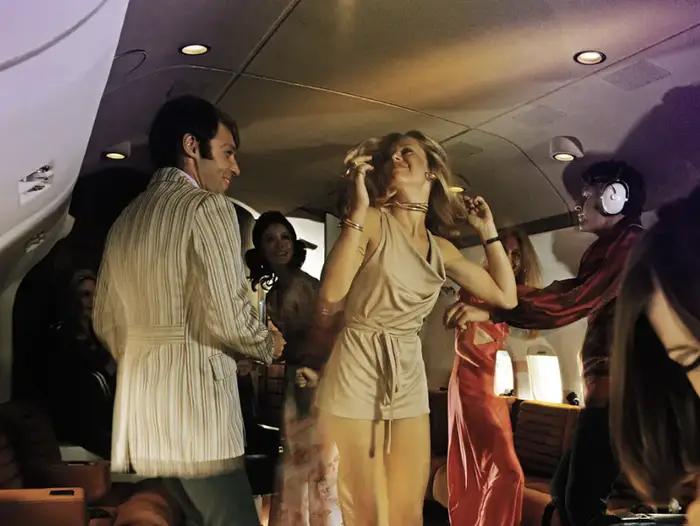
A fully stocked bar provided drinks to accompany the gourmet meals served onboard. Entertainment options included two film projectors, and a video machine to keep passengers entertained.
With his aerial mansion, Hugh Hefner was able to take his iconic Playboy lifestyle to the sky, entertaining friends and business partners in style. The aircraft proved to be a major success and became an iconic symbol of Hugh Hefner’s hedonistic lifestyle for the next 6 years. In 1973 – as Hefner was selling the Big Bunny, Contemporary Entertainment were taking delivery of a preowned aircraft of which they’d commissioned an ostentatious refit. An aircraft that was destined to become legendary in its own right.
Aptly-named “The Starship”, this Boeing 720 embodied success and excess as it soared over North America carrying Led Zeppelin and other world-famous celebrities through the height of 70’s decadence. The Starship was formerly a passenger jet – the very first Boeing 720 which was delivered to United Airlines in October 1960 designed to carry 138 commercial passengers on short-haul flights. In 1973, American Airlines sold the Boeing 720 to pop singer Bobby Sherman and his manager Ward Sylvester who donated $200,000 towards the project with the purpose of renting out the plane to touring bands. The aircraft cabin was completely different after the refit. It featured a long couch on one side, swivel chairs, an extended 30foot bar trimmed with brass and even a Sony U-Matic video cassette player and TV set along with its own library. For extra comfort, the back of the luxury plane had a bedroom featuring a queen-size water bed with white fur bedspread – a huge extravagance, given a potential weight load of up to 1500 pounds.
Led Zeppelin is the band that has become most associated with the Starship. In 1973, after struggling on tour with cramped conditions and turbulence on smaller jets ferrying them from concert-to-hotel-to-concert, they began to look for an alternative and came across The Starship. Using the Starship as a mobile base, the band no longer needed to change hotels as often – instead they were able to base themselves in larger cities while travelling in comfort to and from concerts within a reasonable flying distance. And with this freedom, Led Zeppelin began to enjoy flying again turning The Starship into a near-constant airborne party.

Stories of the events aboard The Starship have reached almost mythical status – with anecdotes ranging from funny to downright dangerous. Suffice it to say – Led Zeppelin certainly had an affinity for their rock and roll lifestyle.
When it came to entertaining guests, Led Zeppelin did not hold back. On each flight, there was an open bar full of delicious snacks and drinks. They also had a private chef on board to prepare gourmet meals for the passengers and crew. The band was always sure to indulge in the finest food and drinks, no matter where they went.
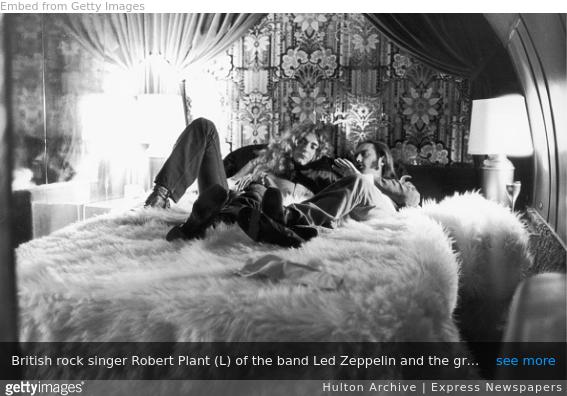 Cabin layout of The Starship - a Boeing 720 custom fitted to charter out to 1970's musicians on tour
Cabin layout of The Starship - a Boeing 720 custom fitted to charter out to 1970's musicians on tour
Despite a running cost of $2,500 per hour for the jet and two attendants, the band would keep the bar filled with expensive alcohol. Their manager, Richard Cole, described a phase where they would only drink ’64 and ’66 Dom Pérignon. If they found a good deal, they’d have one of the assistants buy several cases and store it on the plane.
The Starship came to become a physical metaphor for “making it” in the recording business. Although Led Zeppelin used The Starship for their tours in 73 and 75, other famous bands also chartered the jet for their tours. Names including Elton John, Alice Cooper, Bob Dylan, The Rolling Stones, John Lennon, Sonny & Cher, Olivia Newton-John and Frank Sinatra chartered the plane.
Most of the celebrities who used the Starship loved the extravagance and excess of the aircraft. Peter Frampton called it “the closest thing to Air Force One.” The only known negative comment was from Mick Jagger, who couldn’t help himself when boarding by blurting out “it’s so tacky!”
However, the private jet industry’s uninterrupted growth since the 50’s was about to experience its first shift as it headed towards the 80s. In 1977, The Starship was unceremoniously grounded as a result of an oil embargo and, by the time fuel prices became affordable again, the demand for the jet had died down. In 1979, the Starship went into storage at Luton Airport, but was eventually dismantled in July 1982 and salvaged for parts.
The early glamour associated with private jets had peaked with celebrity excess in the late 70’s and the demise of The Starship heralded a new era for private jets. With the rise of superstar businessmen and politically conscious popstars, the 80s saw private jet interiors change dramatically with passenger requirements.

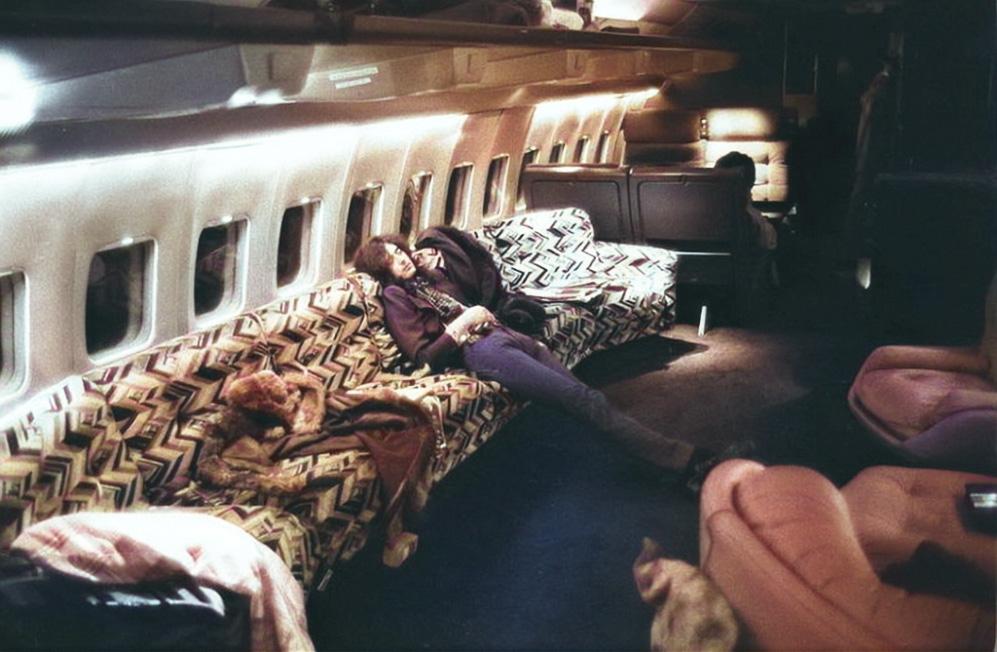
In part 2 we’ll look at how private jet cabin designs evolved from the early 80’s through to the millennium in response to changing social and economic pressures.
Author: Tom Chatfield, CEO Camber Aviation Management, www.camberaviation.com / solutions@camberaviation.com
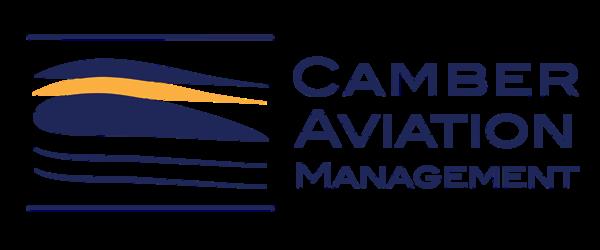
Aviation is in a constant state of growth. With expanding markets and the emergence of new airlines and operators around the world, the need for aviation to remain a safe sector is even greater. For this reason, there are numerous rules and regulations that operators, authorities and pilots must take into account in order to certify airworthiness and maintain a high level of safety. Probably two of the most important Aviation Authorities are the FAA and EASA, which are responsible for the implementation and regulation of all areas of aviation in different jurisdictions. While the FAA is responsible for the United States, all European governments are under the responsibility of EASA. In addition, the ICAO ensures that civil aviation legislation is harmonized worldwide.
Although both Aviation Safety Authorities aim to ensure flight safety, in particular by establishing and monitoring uniform safety and environmental standards, their approach to achieving this differs. Due to these differences in regulations, importing aircraft into each other's environments can be difficult and even confusing. Therefore, specially trained and approved personnel must be available to perform such import inspections, e.g. for EASA it would be an Import Airworthiness Review. This inspection will normally be accomplished by either an approved Airworthiness Review Staff (ARS) or by the national aviation authority (NAA) itself. In recent years, the number of business aircraft sold abroad has increased, therefore this segment continues to grow in importance.
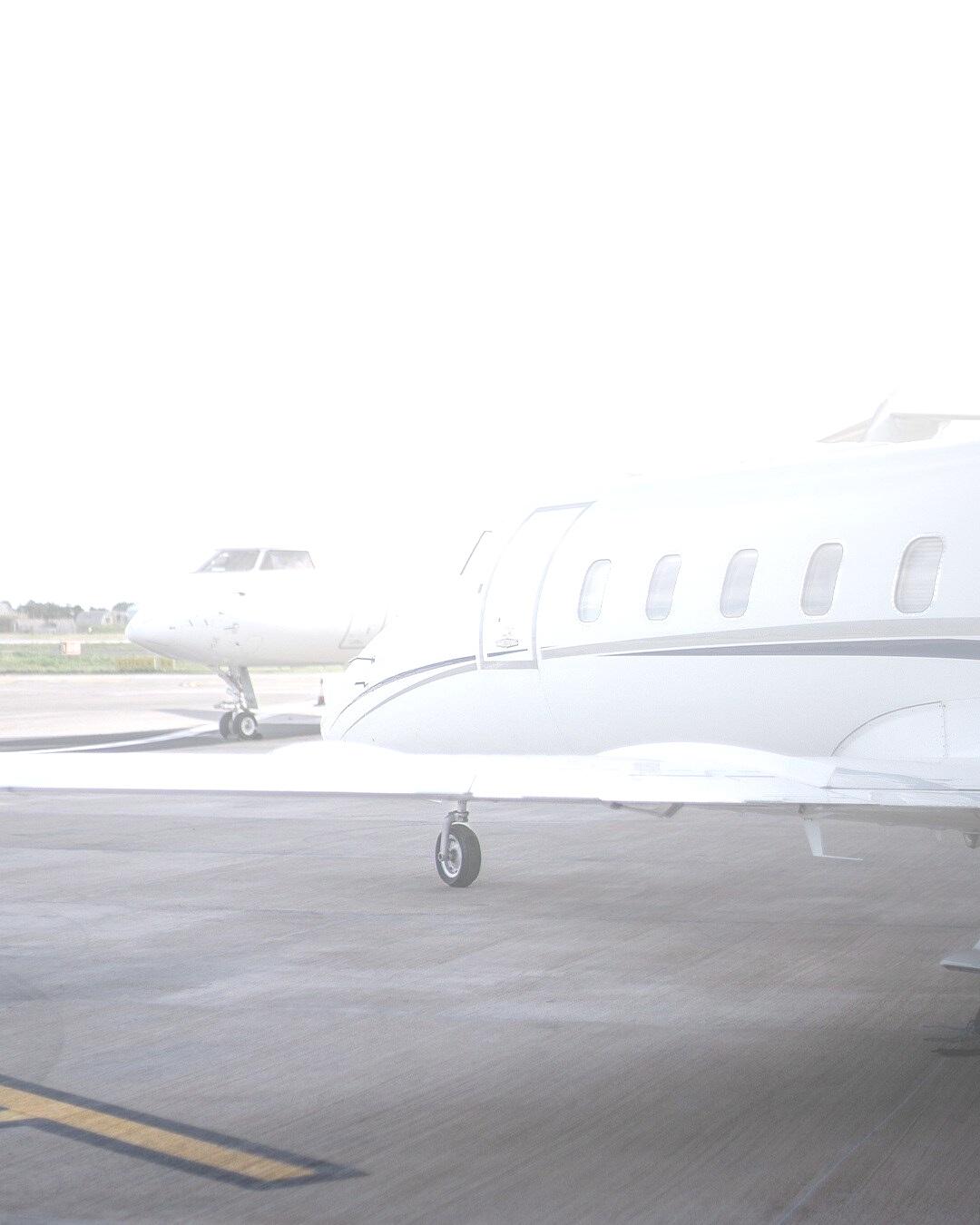
Bilateral regulatory agreements between countries are crucial for proper functioning of the global air transport system. There is also such an accord between the European Union and the United States regarding component certificates. Accordingly, products exported or imported into either jurisdiction must have a dual release form for domestic and international use. Dual certification is required to meet both FAA and EASA requirements. This applies to FAA Form 8130-3 and the corresponding EASA Form One. In the past, it was common practice to complete all 8130 forms as dual releases. However, FAA Part-145 repairers are now required to complete a single release form as standard, unless the applicant requests a dual release.
Furthermore, evidence must be provided to the FAA or EASA that the aircraft conforms to the relevant type design and is in a condition for safe operation. This finding of conformity is determined through a physical inspection of the aircraft as well as the inspection and maintenance records, including records substantiating the eligibility of parts being used on the aircraft, provided by the applicant seeking the airworthiness certificate. The applicant's evidence must show how the applicant determined conformity. Documentation in the aircraft logbook must include the signature and certificate number of the person who certified the aircraft for return to service. Of course, the person respectively the organization must be authorized to do so. Depending on the country of registration, either FAA licensed A&P or EASA Part 145 Maintenance is required to carry out this process.
When an aircraft is coming into the United States from a country with which a bilateral agreement has been established, the exporting country can provide what is referred to as an Export Certificate of Airworthiness (C of A). An Export C of A is a document issued by the authorities of the exporting country attesting to the condition of the aircraft. Specifically, the Export C of A is intended to attest that the aircraft conforms to the importing country's applicable requirements. For example, an Export C of A from Germany issued to an aircraft being exported to the United States is intended to certify that the aircraft conforms to U.S. type design.
Finally, consideration must also be given to the fact that when importing into EASA, not only the EASA regulations apply, but also the national requirements of the EASA member state the aircraft will be imported into. This also needs to be kept in mind in order to comply with the requirements of the individual EASA member states.
At PRIMUS AERO, we provide assistance when aircraft cross borders. A few months ago we entered the American market with an office in Fort Laudertale (Florida).

The Citation Specialists based at Memmingen Airport (FMM/EDJA) Excellent Jet Service EJS and their partners have recently begun to refurbish a C560XLS inside and out. In Part 1 (last issue) we reported the beginning of the project: stripping of the cabin, maintenance, removal of all control surfaces and covers for the paint job.
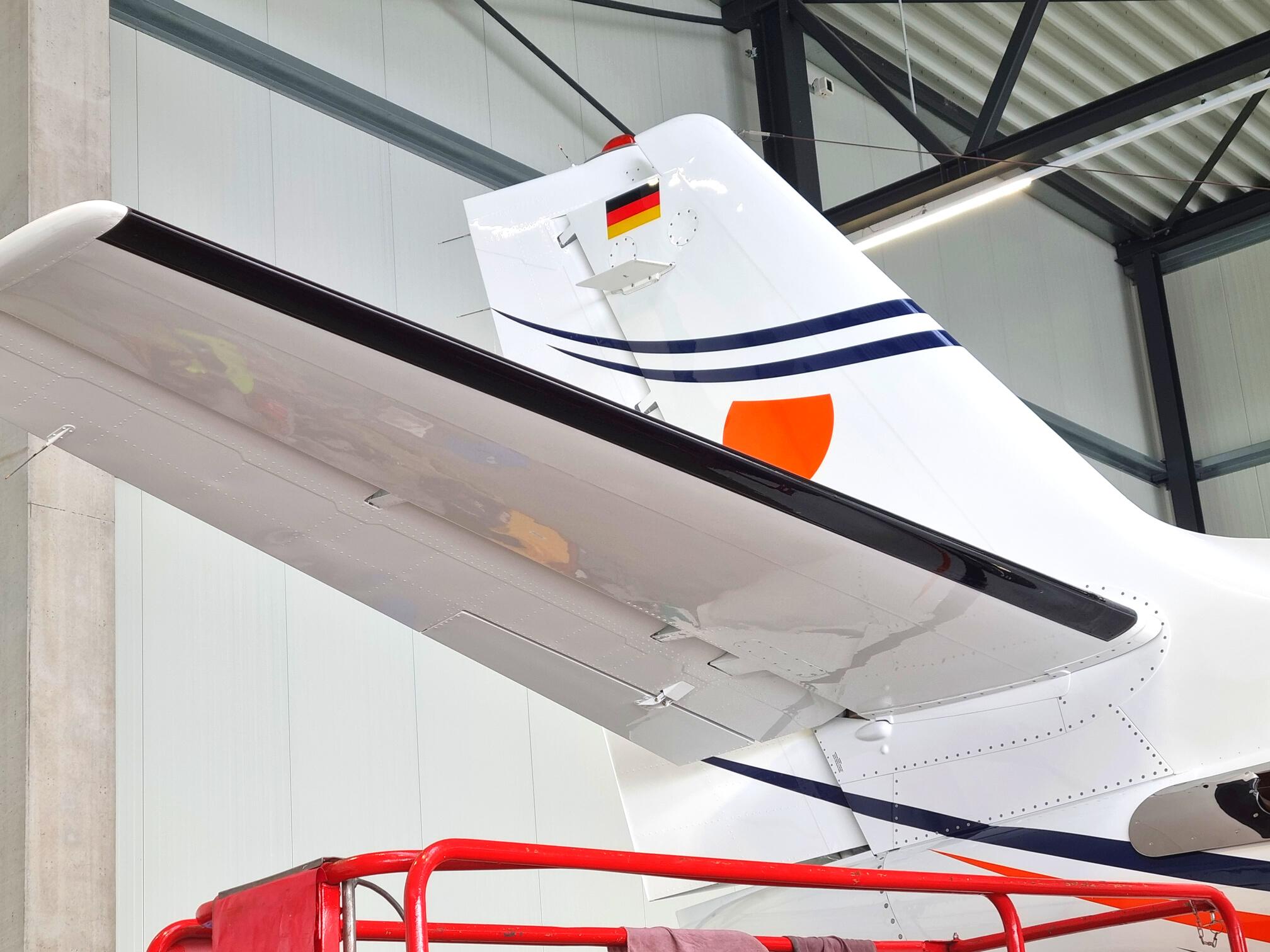

In this Part 2 we will show how the guys from Memmingen put the Citation XLS back together to a functioning aircraft.
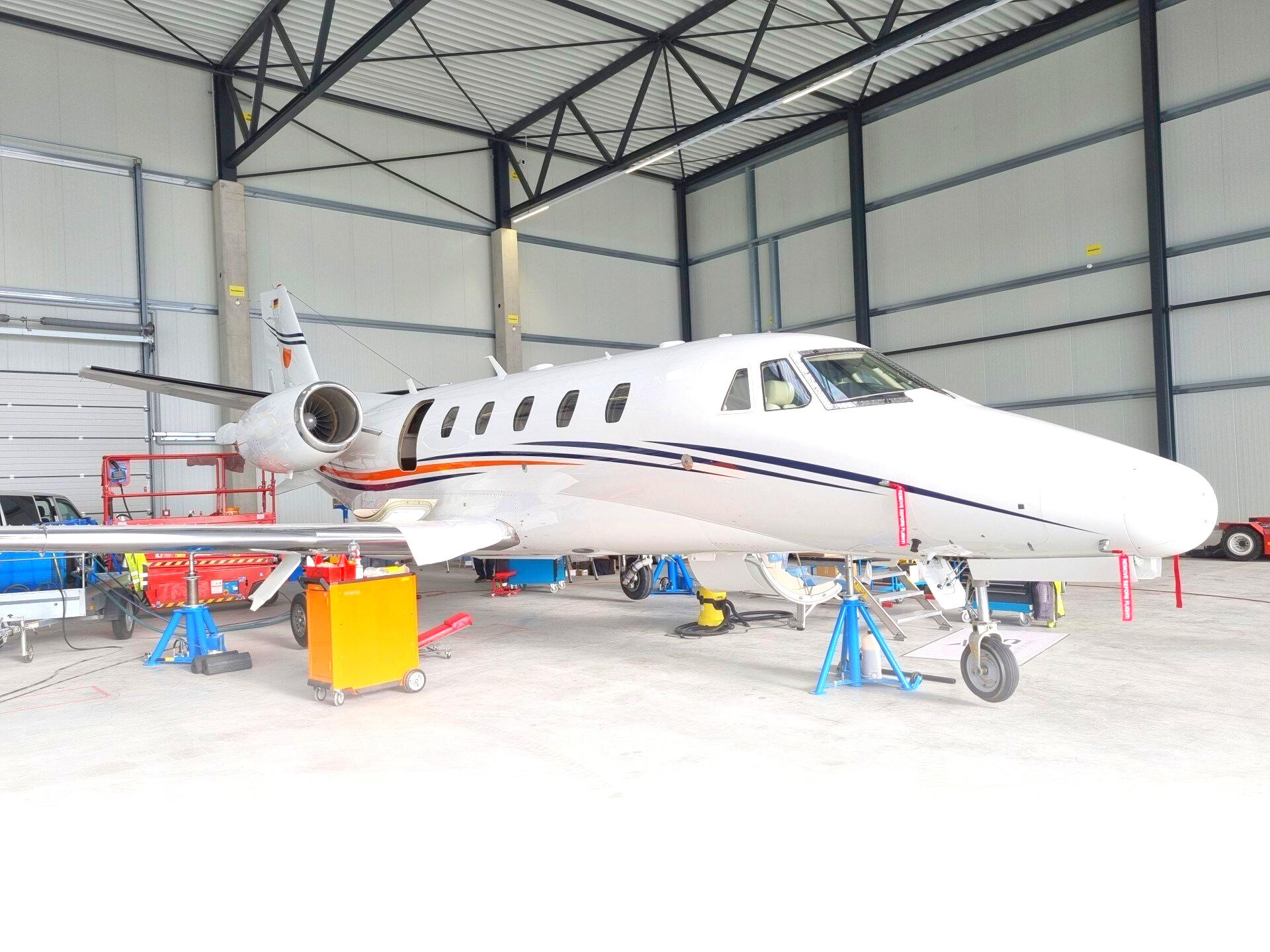
After completion of the entire paint job, all control surfaces will be checked and balanced i.a.w. the specifications described in the manuals of its manufacturer Textron. To do this all parts will be treated with special oscillating devices. Small weights help to achieve the perfect balance. After that, they are precise enough and thus ready to be re-installed. Test on the aircraft follow from thereon.
The Inspection of the paintjob is also mandatory. Smallest runs, ‘noses‘ and other unevenness in the pain are noted and marked and the paint staff have time to rectify these Most if not all will have disappeared before the customer is invited to see the finished job.
All inspections of the naked hull of the aircraft are also all completed and then the refurbished and overhauled cabin and cockpit can finally be reinstalled. These works are the most delicate and take a comparatively long time. The Mechanics and Technicians have to use a high degree in sensitivity and care. Working in a narrow tube is often an uncomfortable task and yet attention to detail is required, as small and hidden mounts and brackets do not make it any easier. Precision is key!
Bit by bit the XLS returns to what it was before: a pretty business aircraft that now appears that much more becoming.
Upon completion the aircraft undergoes a complete array of technical tests to ensure all functions the way it did before. The final task is the comprehensive application of corrosion protection that is sprayed in all orifices and gaps, incl. rudder, flaps, gear bays and more. Refuelling and a test run complete the works.
About EJS:
Founded 2018 Employees (totat): 15 (as of Sep 2022) EASA Part-145 Certificate: EASA.DE.0181
EJS is certified for: All works (Line & Base Maintenance) for Textron Citation C510 Series (Mustang), C525/525A/525B Series (CJ1/CJ2/CJ3), C560XL/XLS/XLS+ Seris.
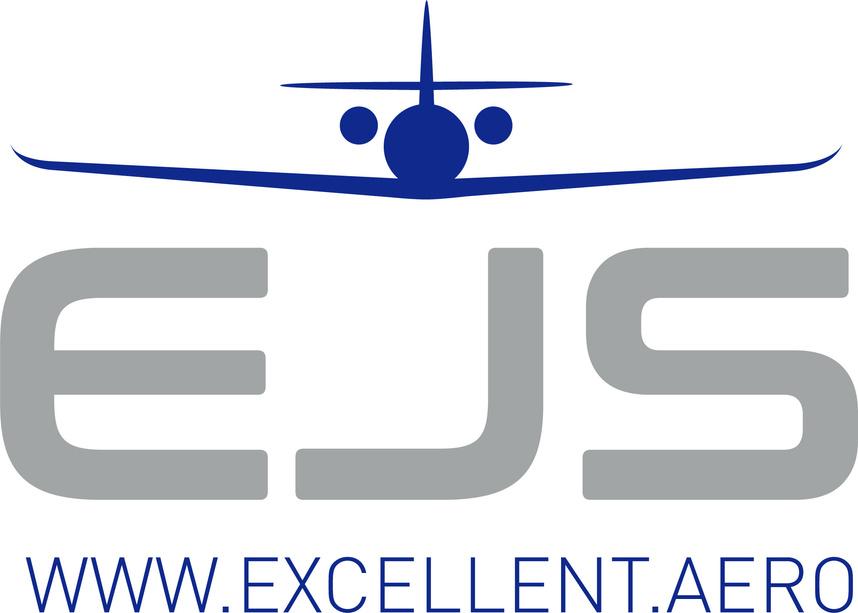
All avionik works, retrofits, modifications, installations. Additional certification: Wheels & Tyres (C14) Paint and Interior works via competent partners.

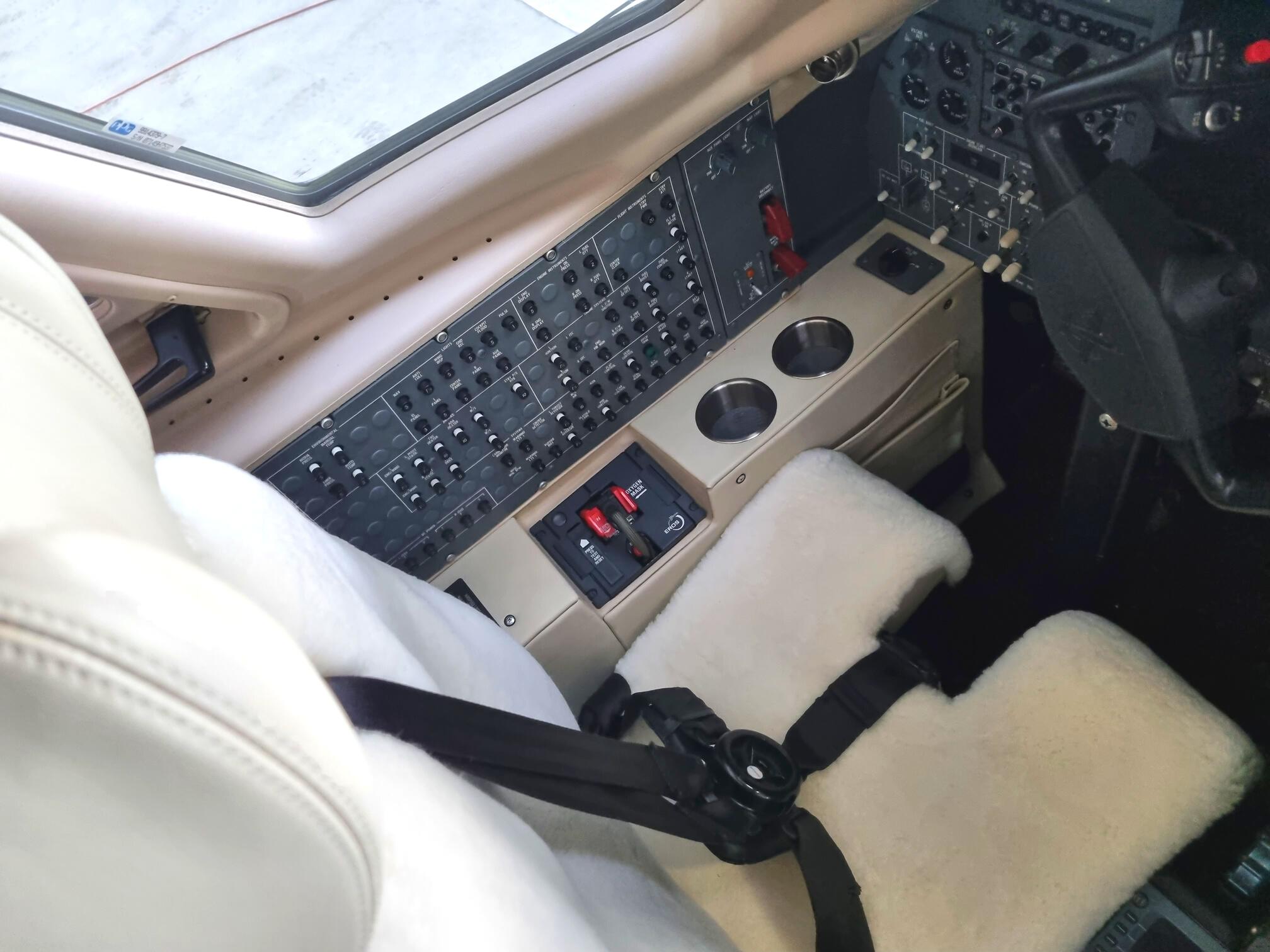
In parallel of all this, the responsible Certifying Staff of EJS has completed all technical documentation to fulfil all requirements of the aviation authority. Then, and only then, is the famous release to service (CRS) issued and the rejuvenated C560XLS is handed back to the operator and owner.
This project took approx. 13 weeks inclusive of all preparations, post-work tasks and documentation and had an estimated cost of approx. 400.000 € net (2021).
www.excellent.aero contact: info@ecellent.aero support@excellent.aero
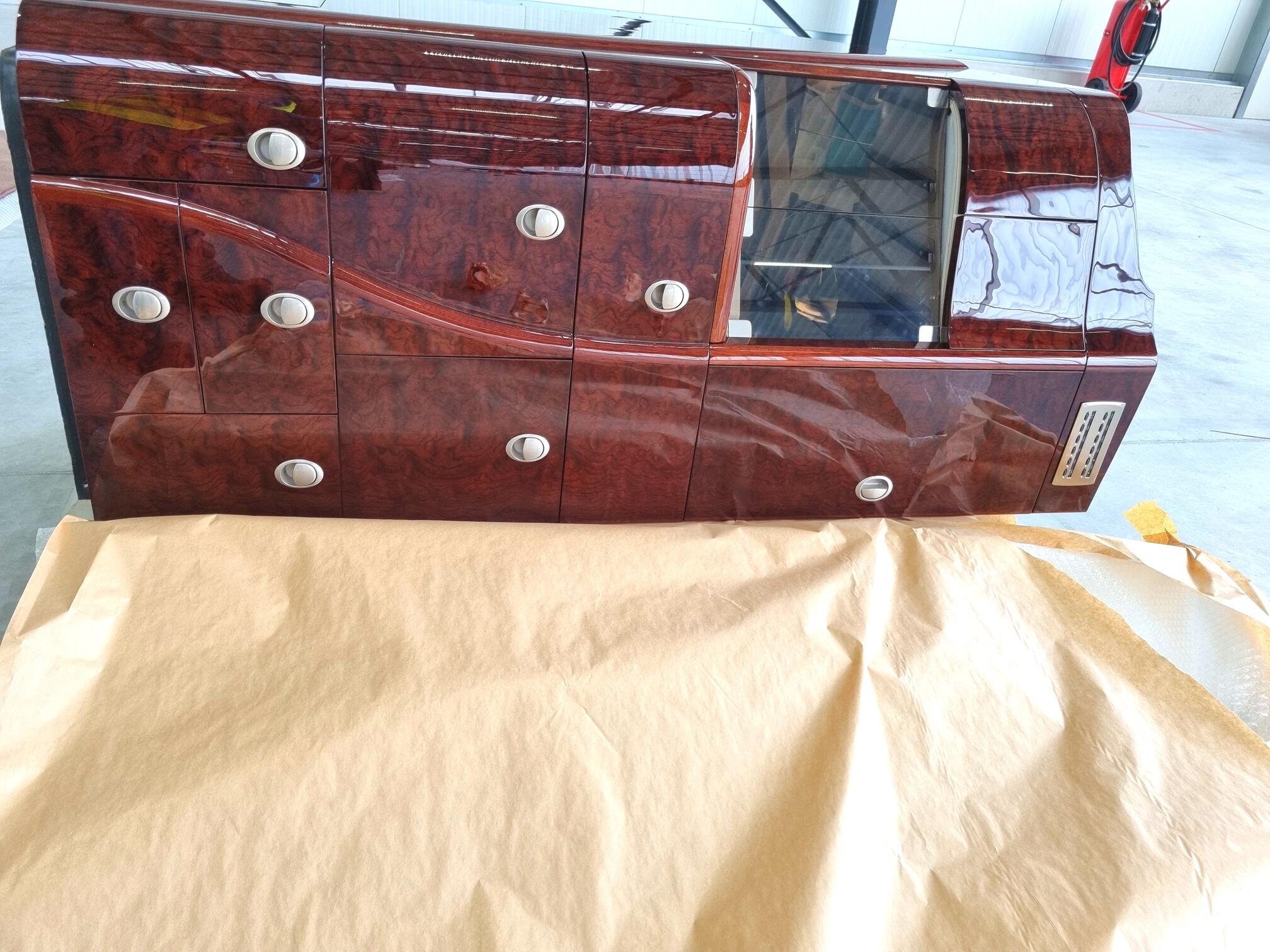
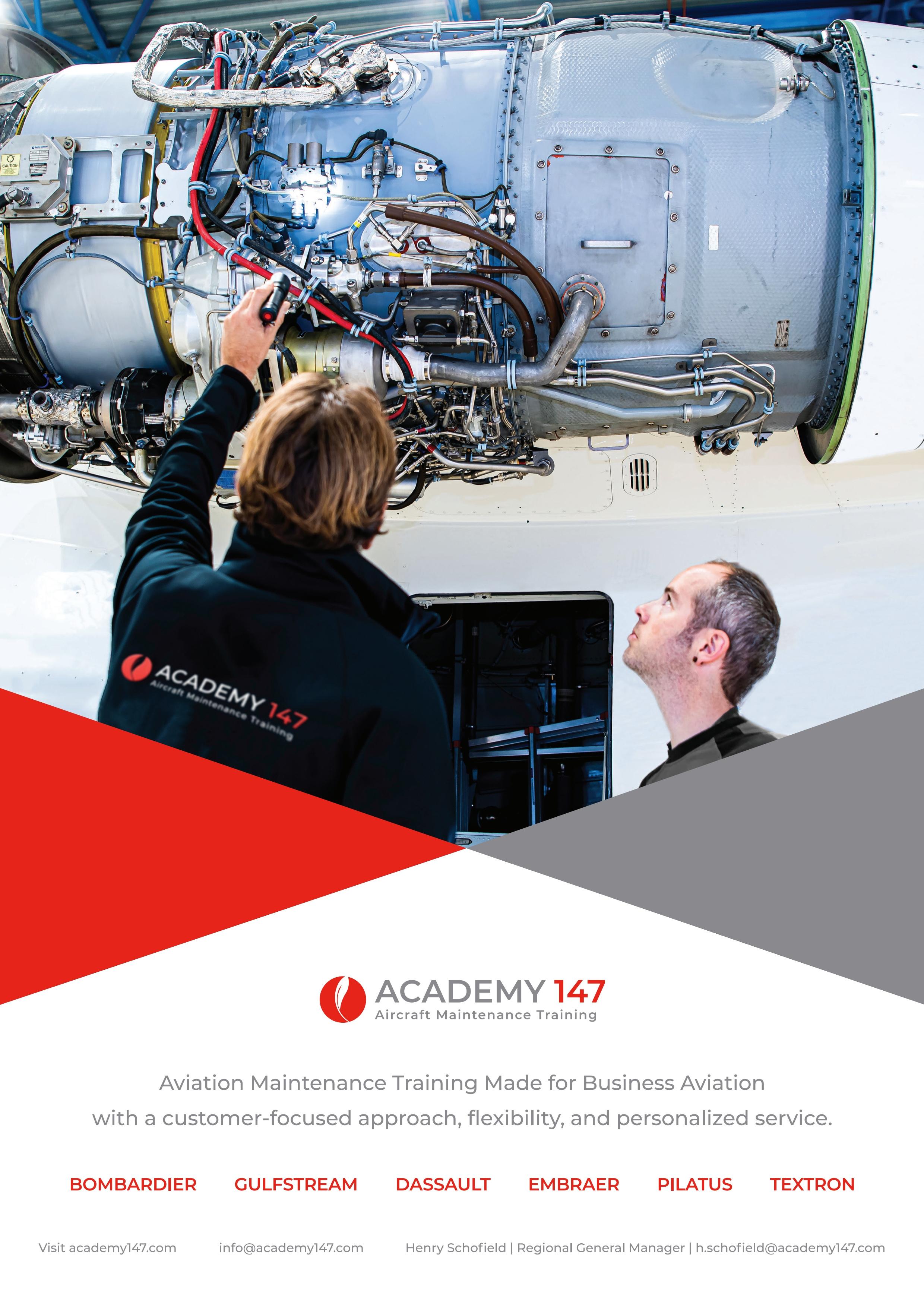
Eagle Creek Named Pilatus Authorized PC-12 Service Center - “We join with KCAC in welcoming Eagle Creek Aviation to the Pilatus Authorized Service Center Network,” said Thomas Bosshard, President and CEO of Pilatus Business Aircraft Ltd “As a global leader in the aviation industry, Pilatus appreciates how importantconvenientaccesstotop-qualityservicecanbetoourownersandoperators.Theadditionof Eagle Creek in Indianapolis is another example of our commitment to bringing ‘Pilatus Class’ service closertoourcustomersworldwide”
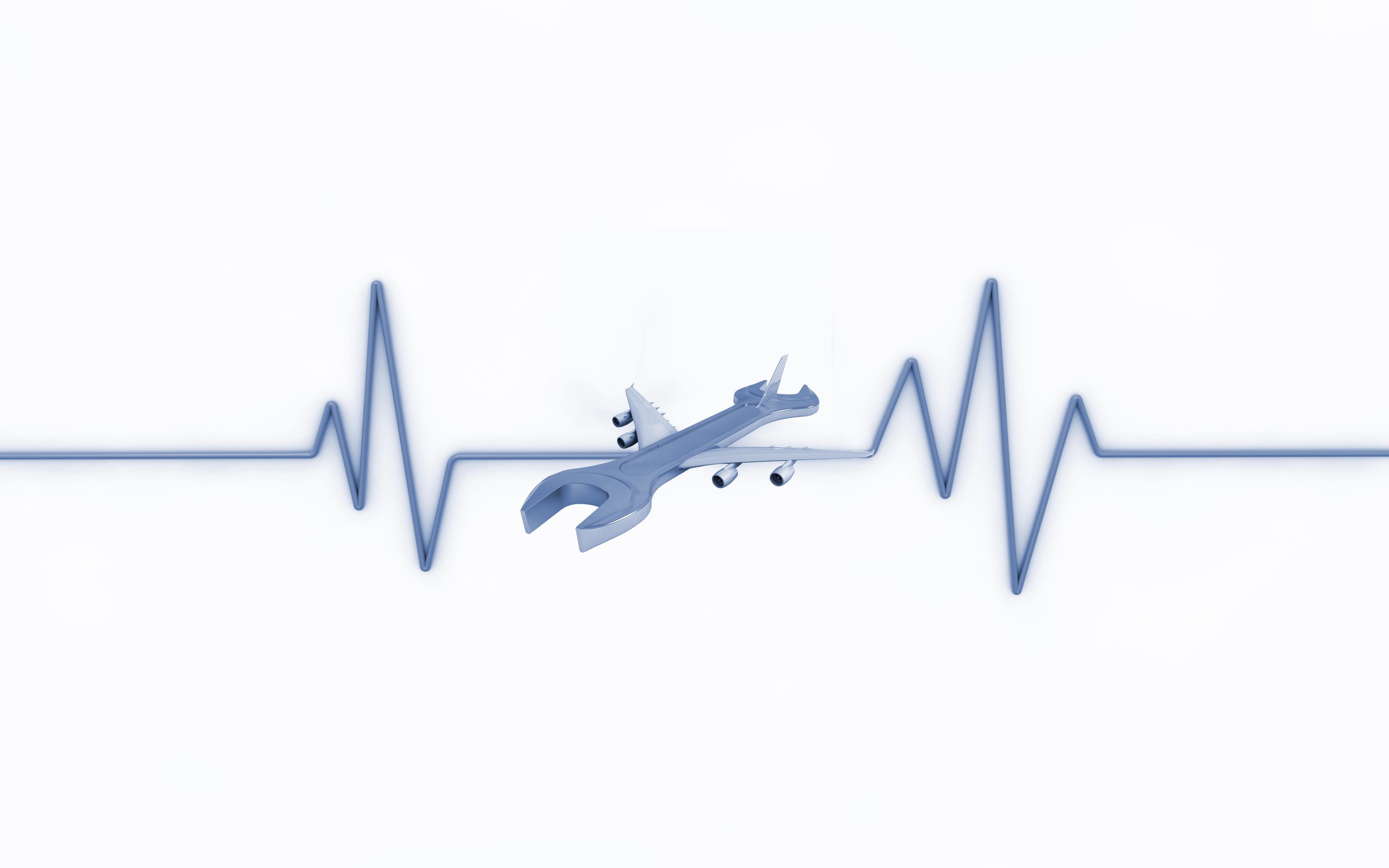

Flexjet Graduates First Class of A&P Apprentices - The first cohort of apprentices at Cleveland, OHbasedFlexjethavereceivedtheirA&Pcertificates Thegroupcompleted30monthsoftrainingfromFlexjet, andhasbeenofferedopportunitiesforfull-timeemploymentfollowinggraduation.
SouthernSkyAviationAddsSecondAOGTeam-SouthernSkyAviationhasaddedasecondAOGteam, offeringsupportfromPanamaCity,FLtoNewOrleans,LA.
